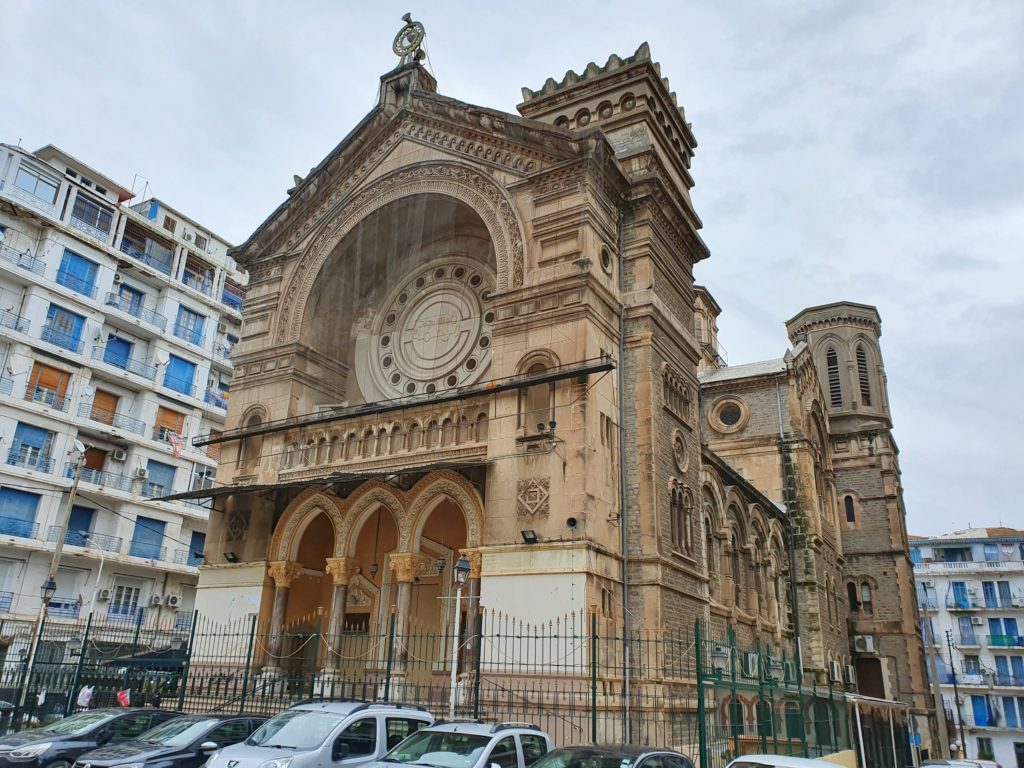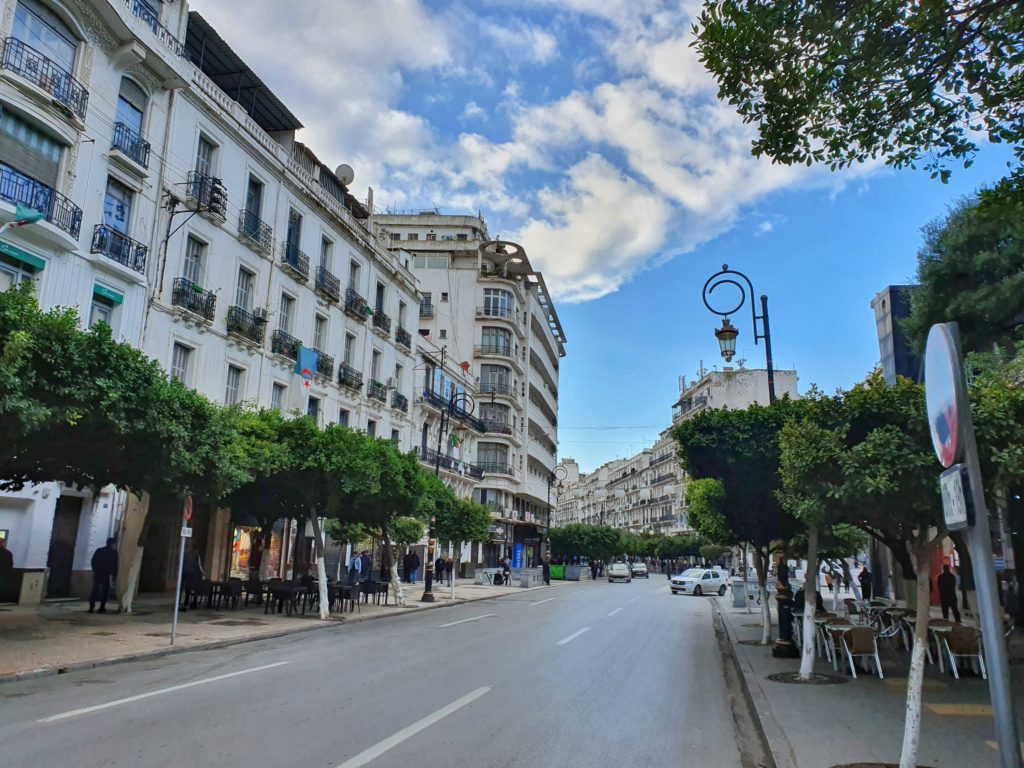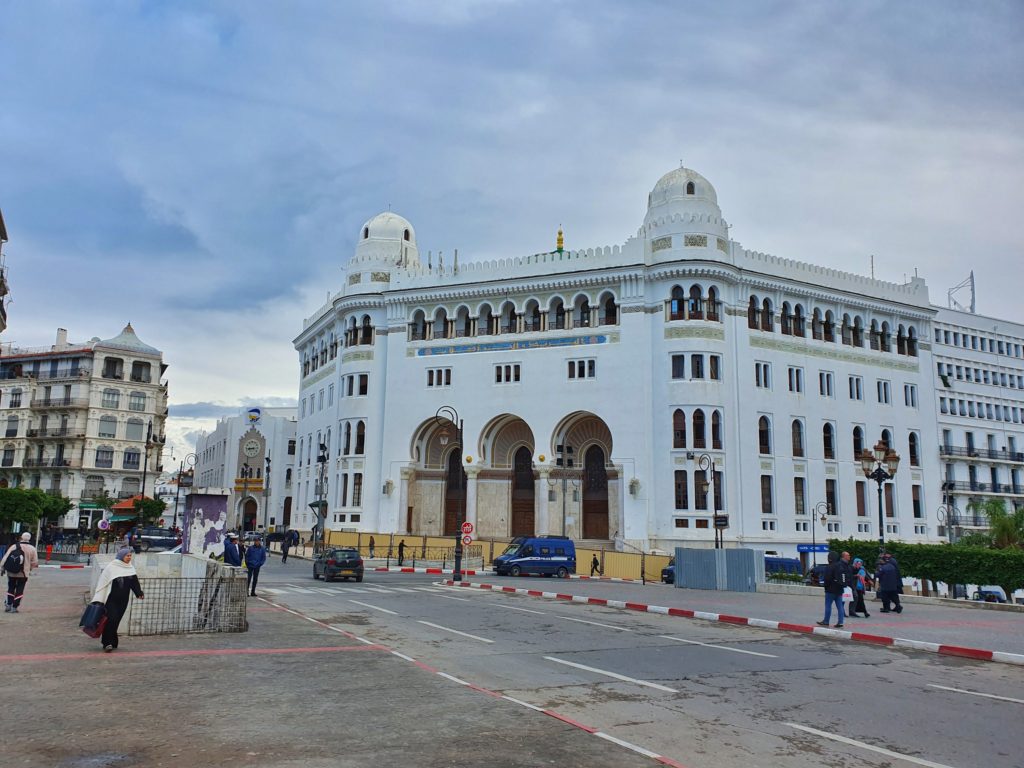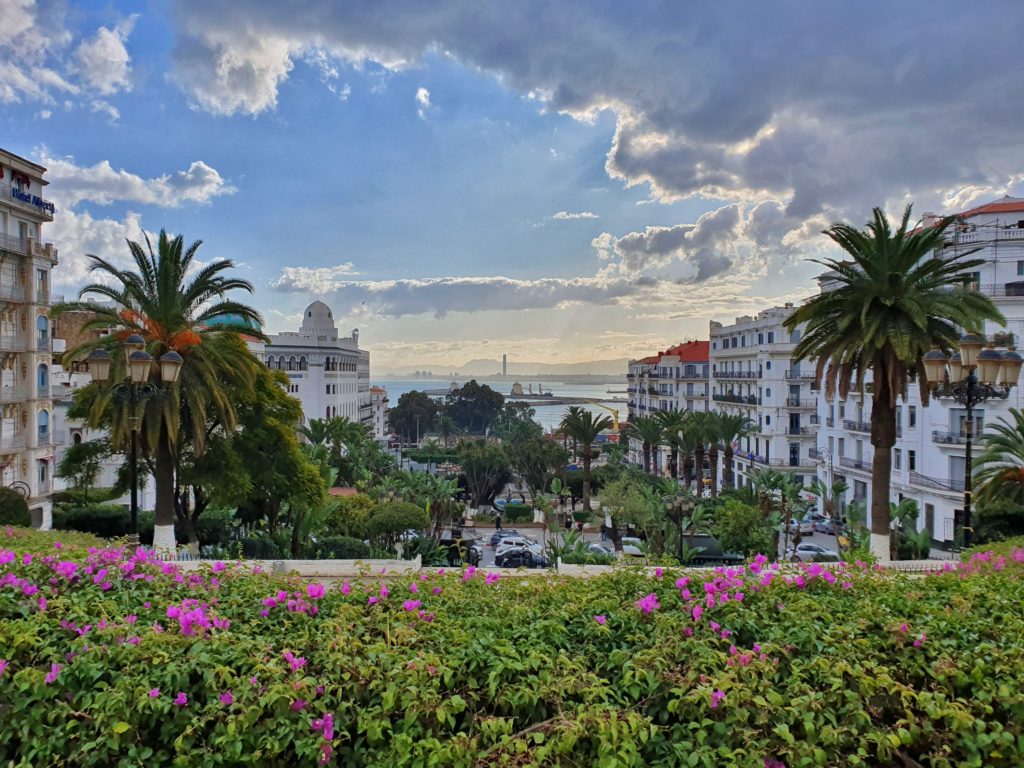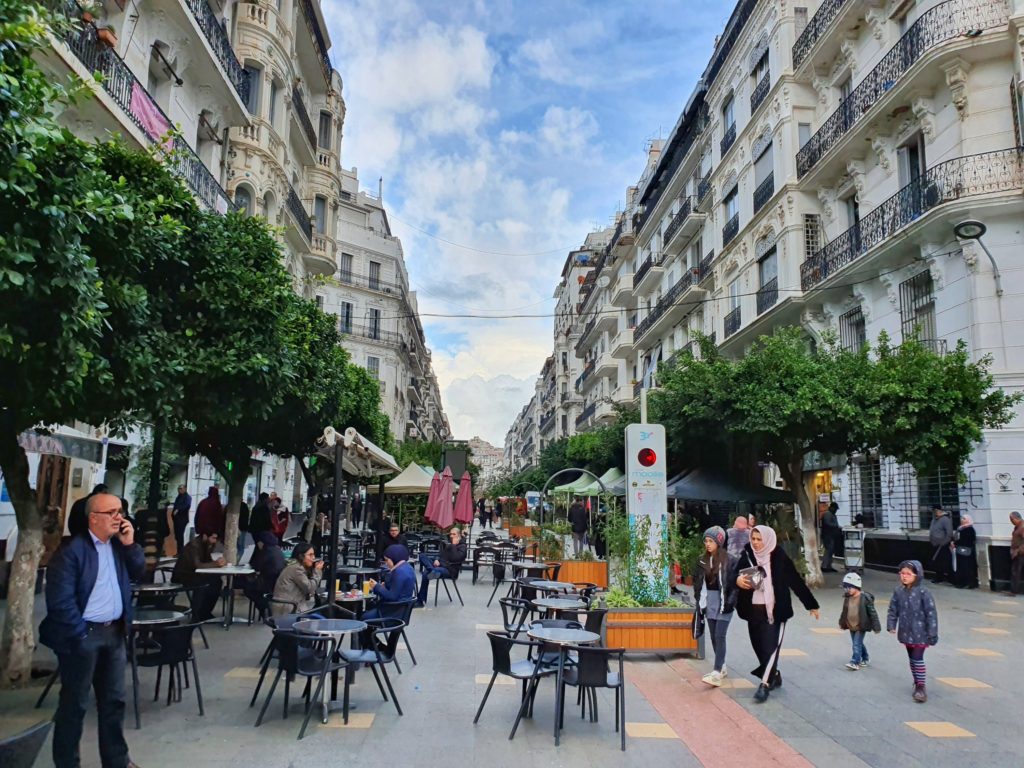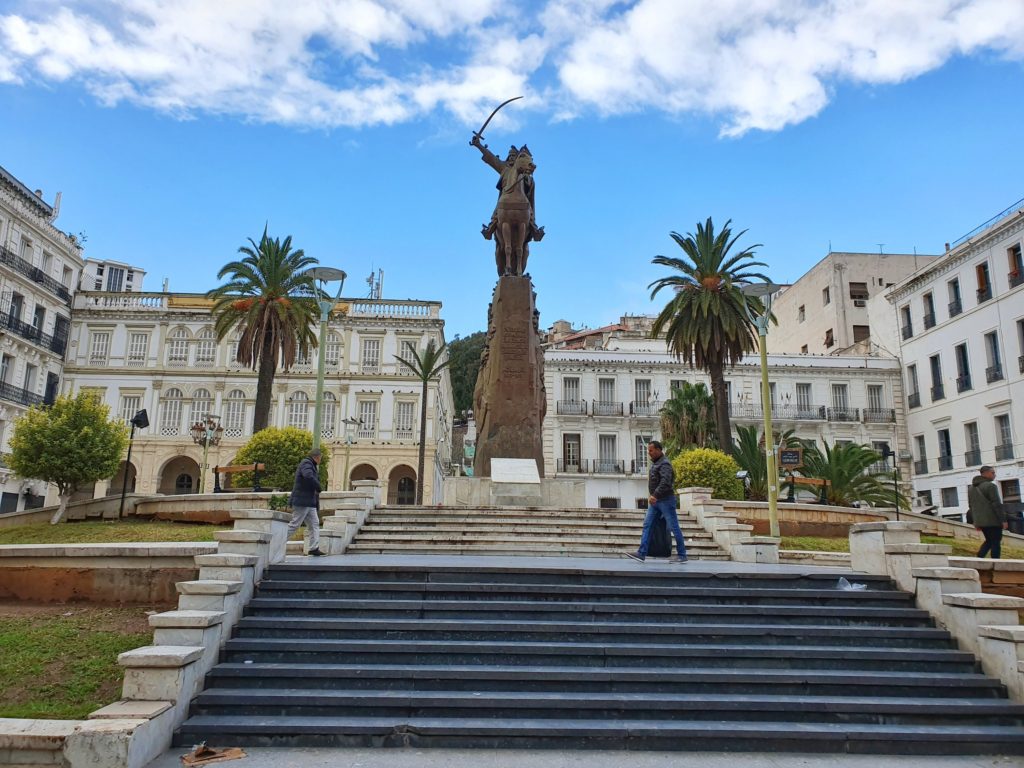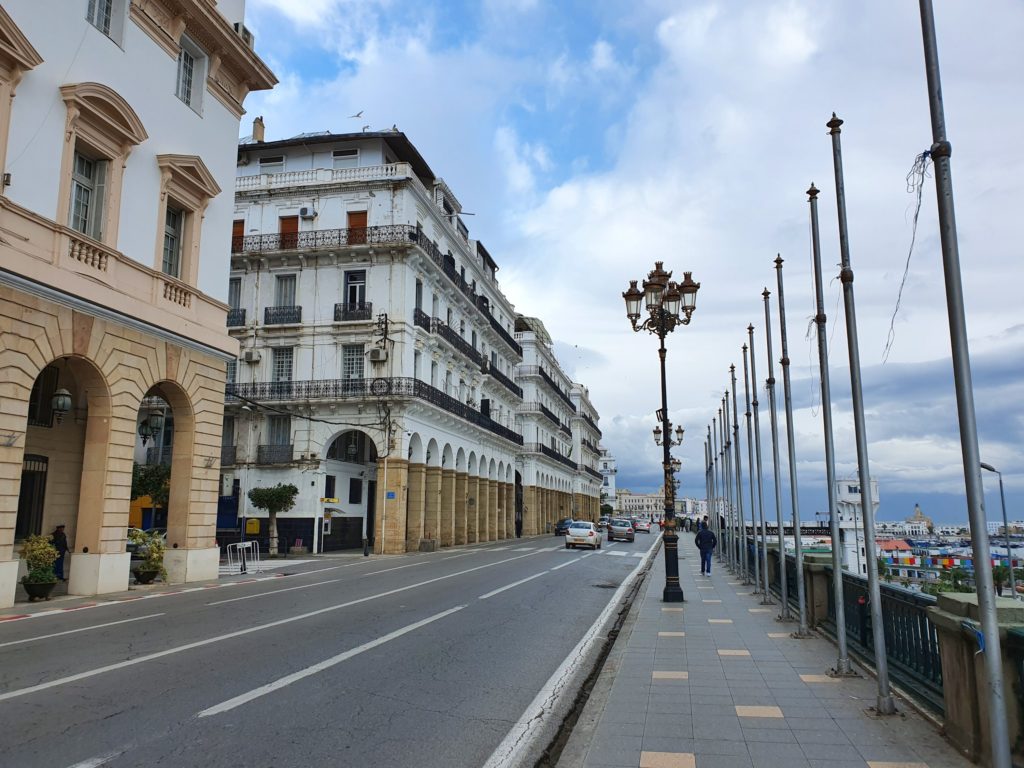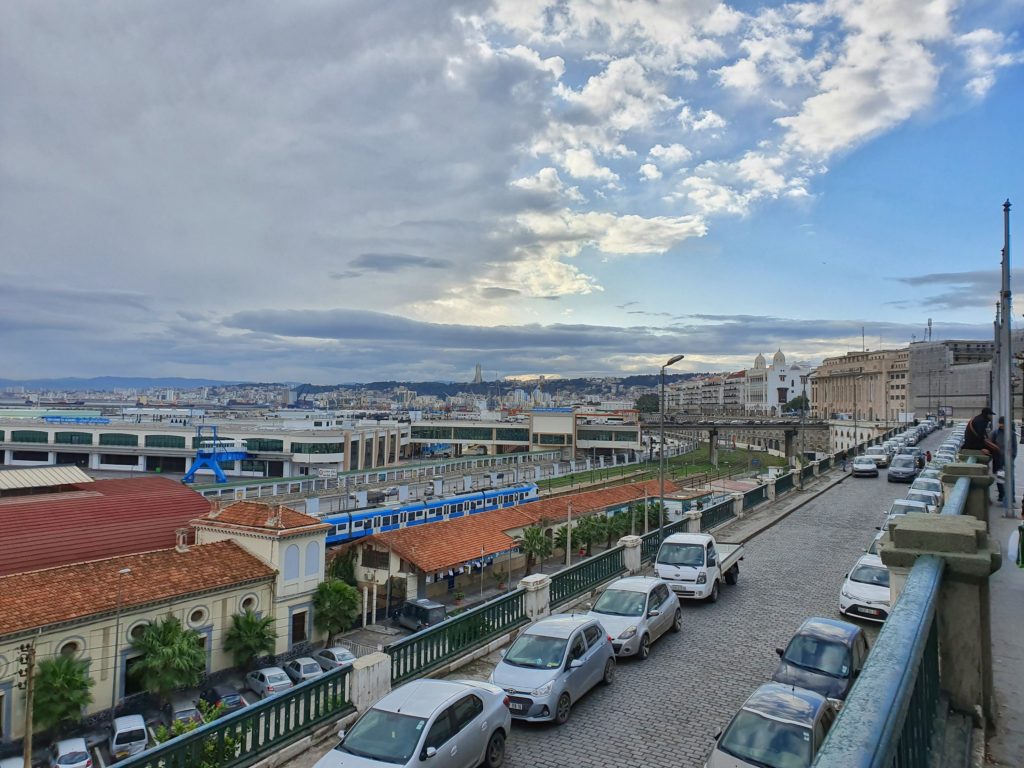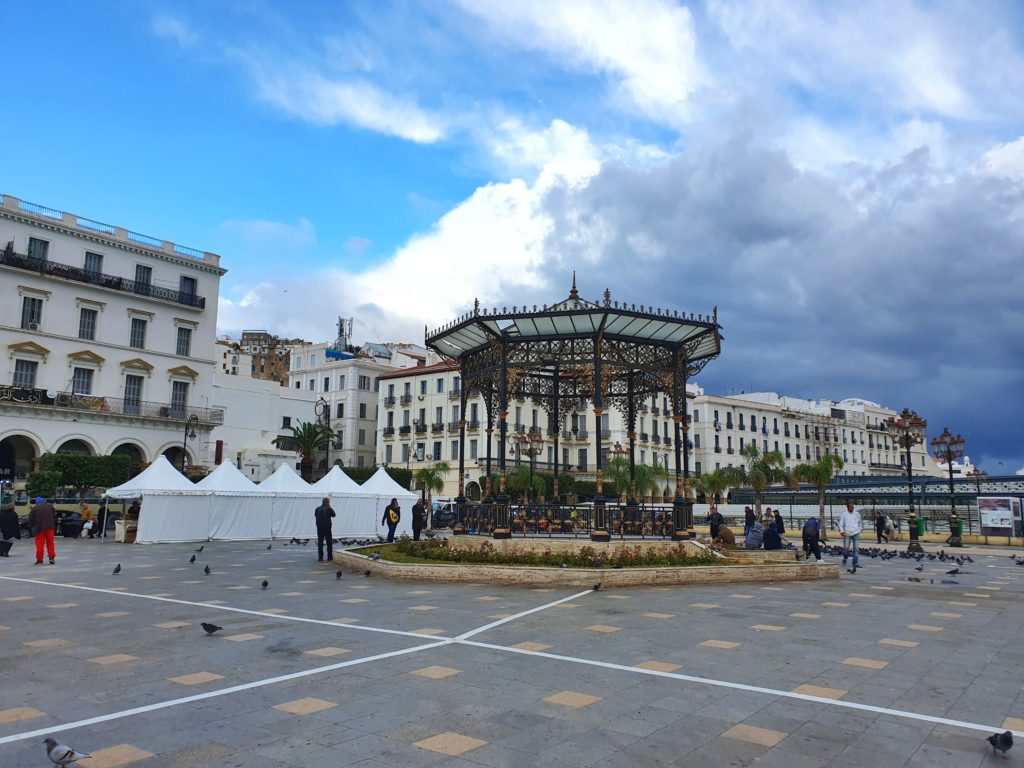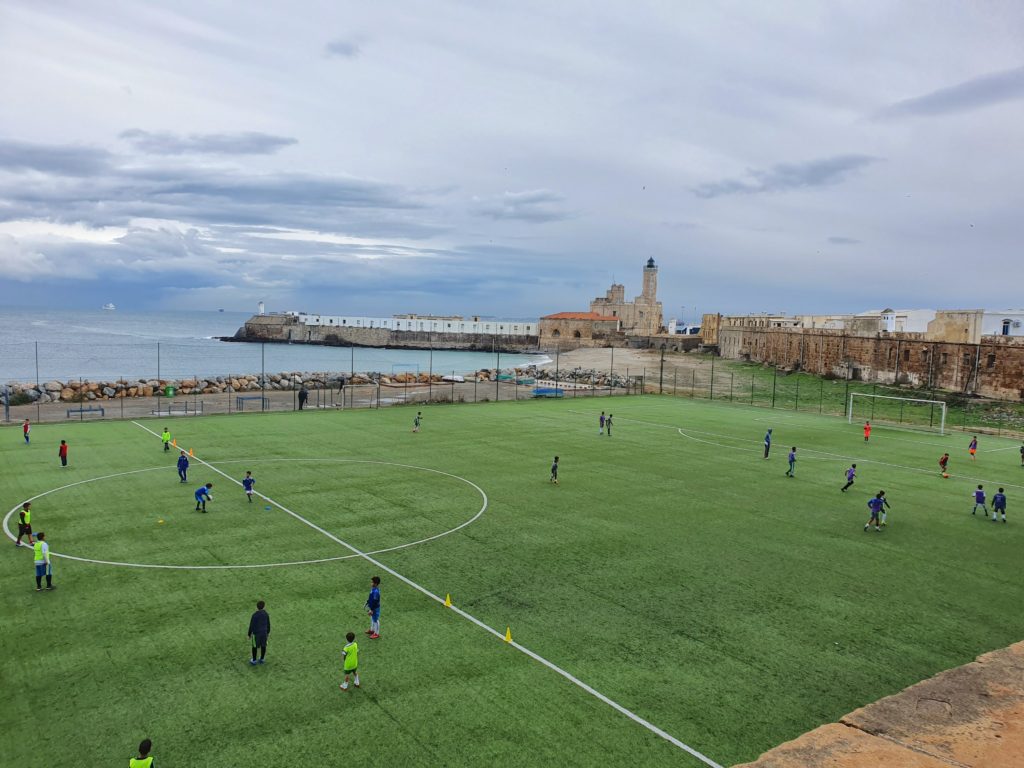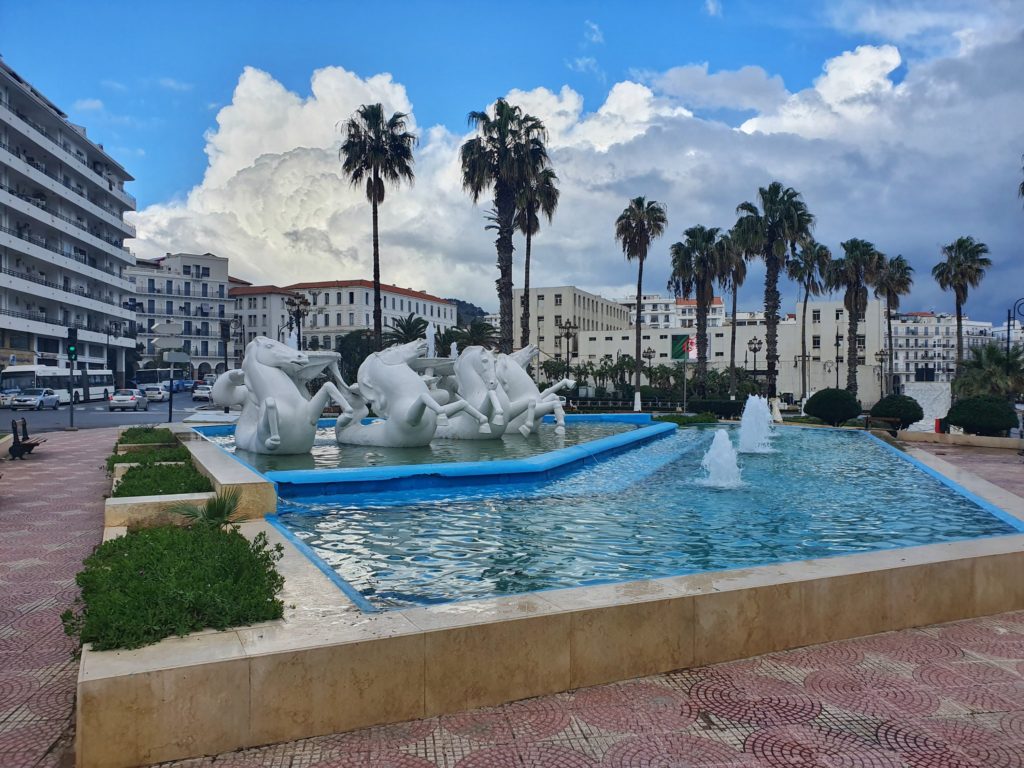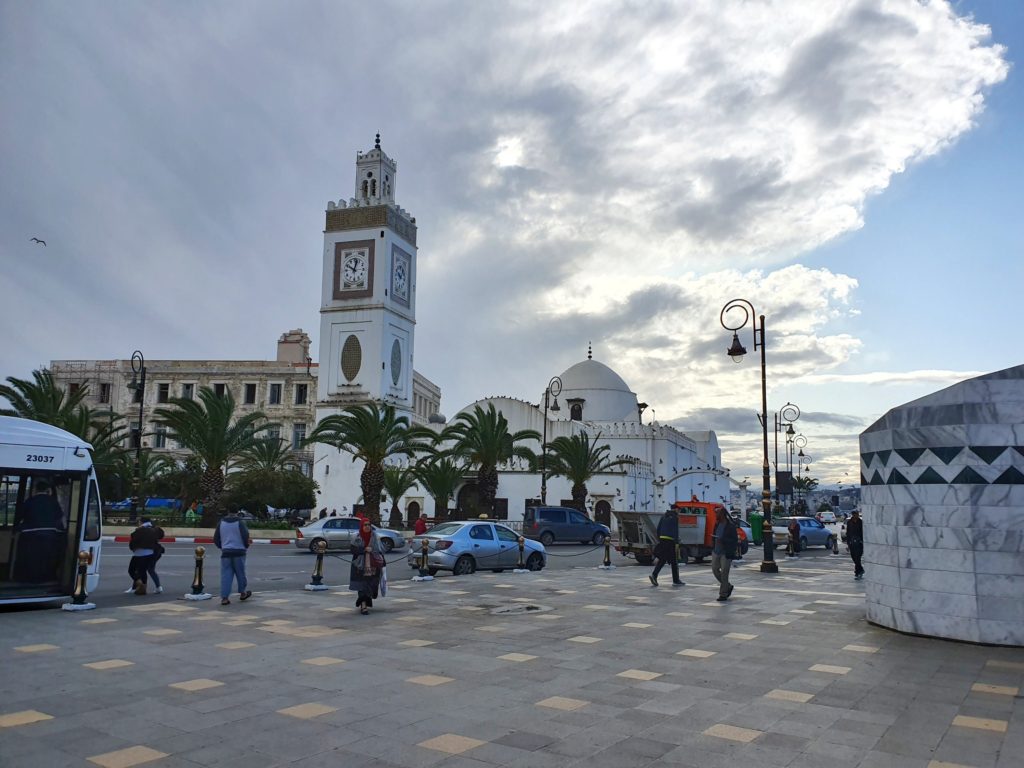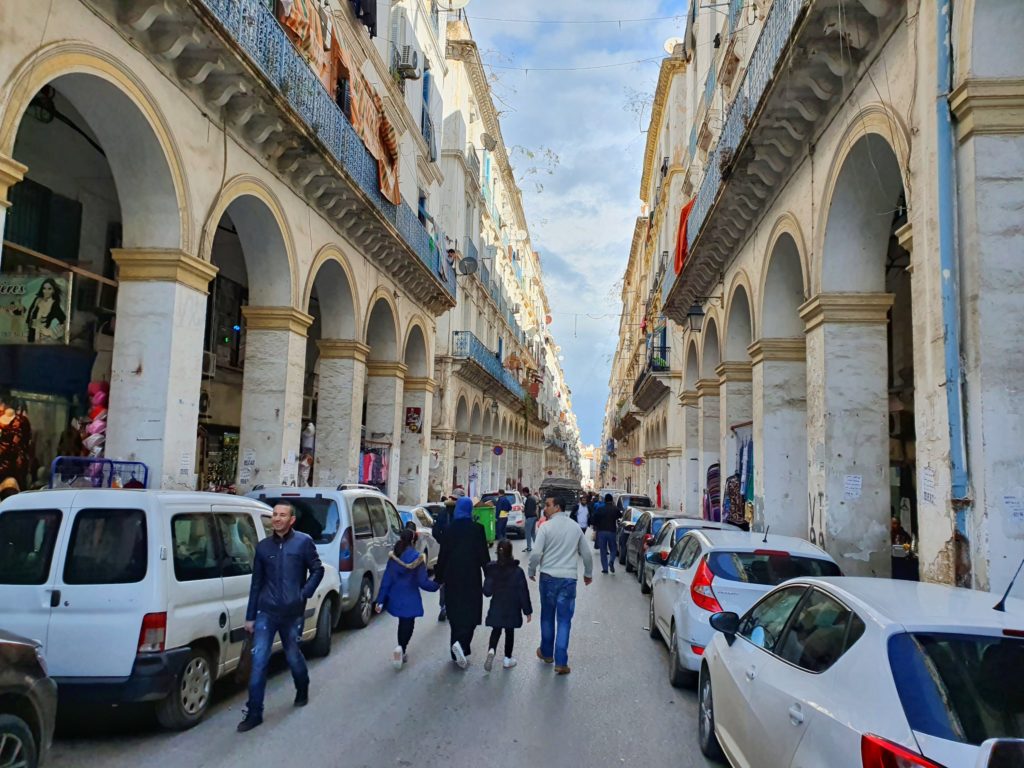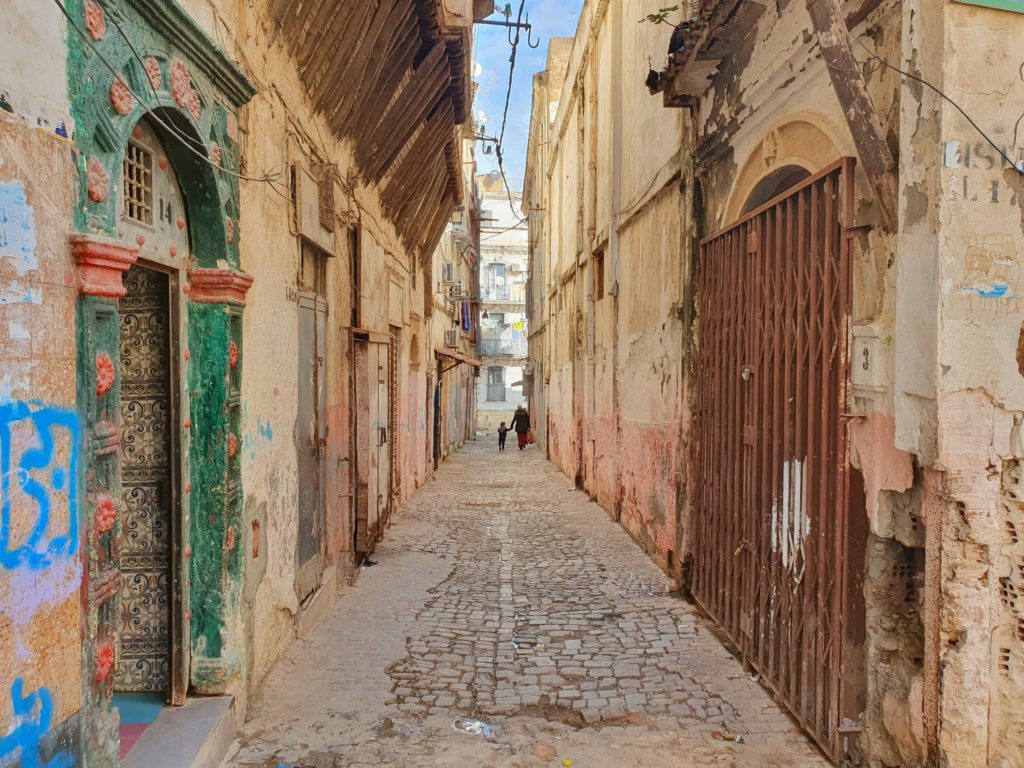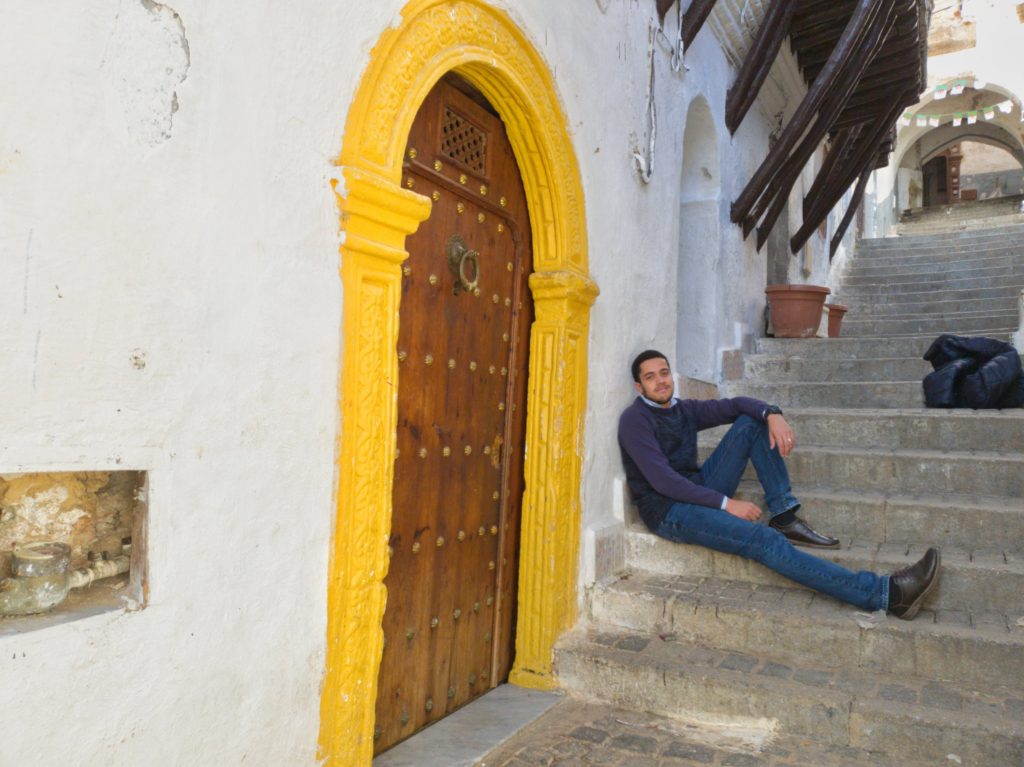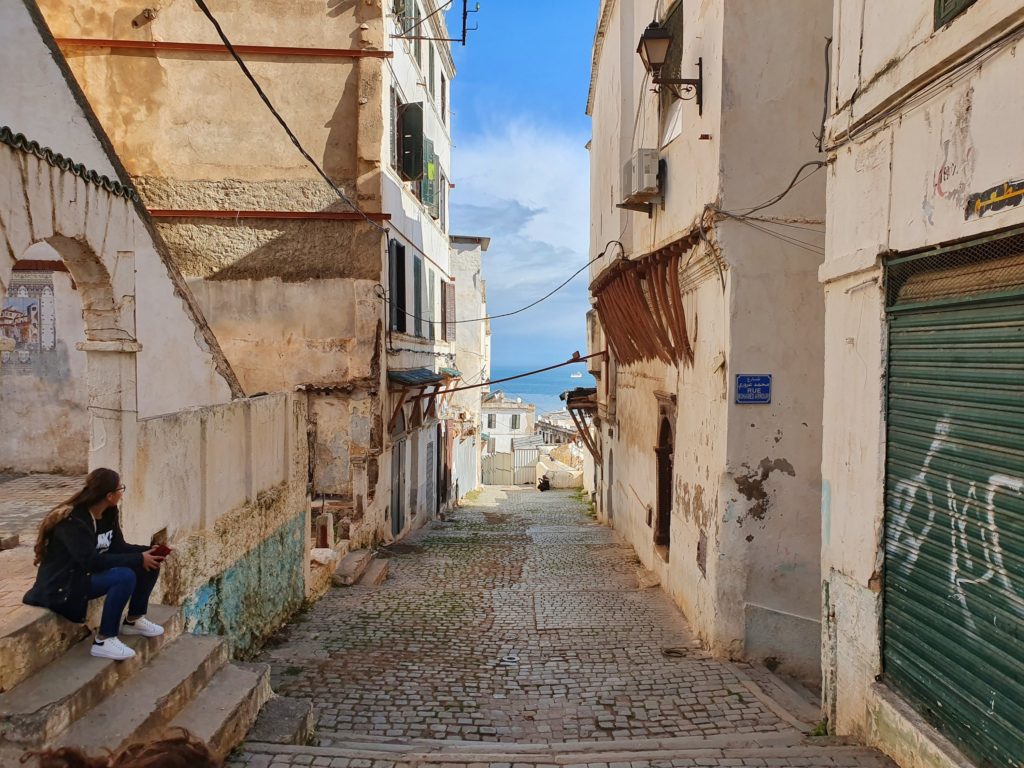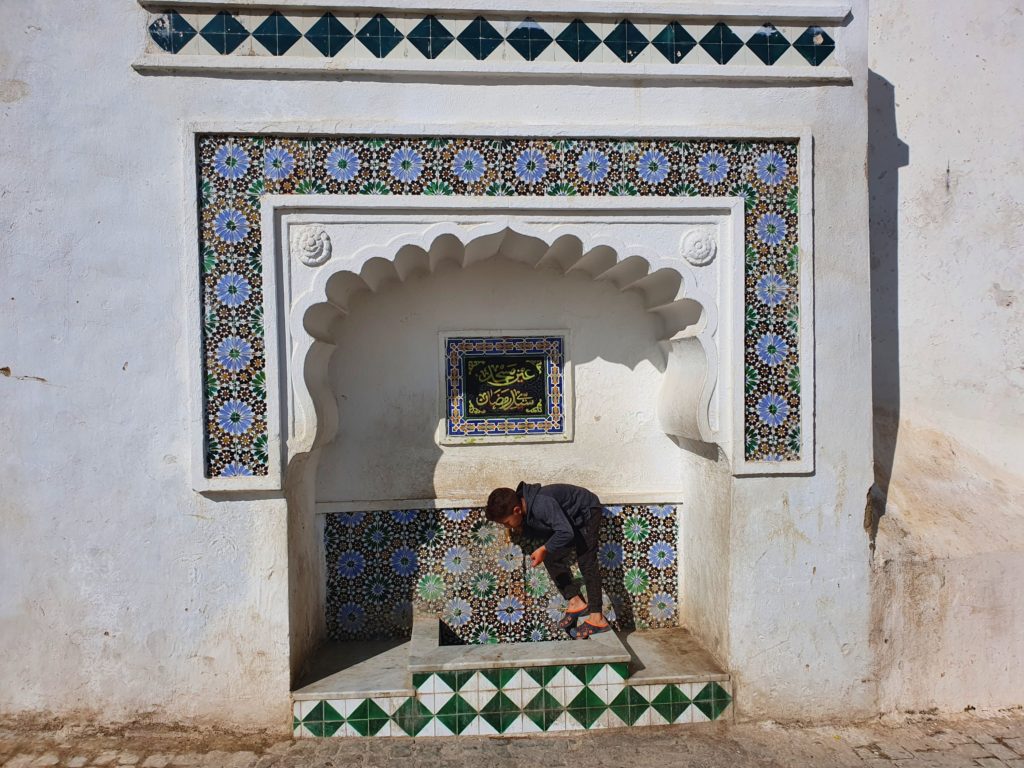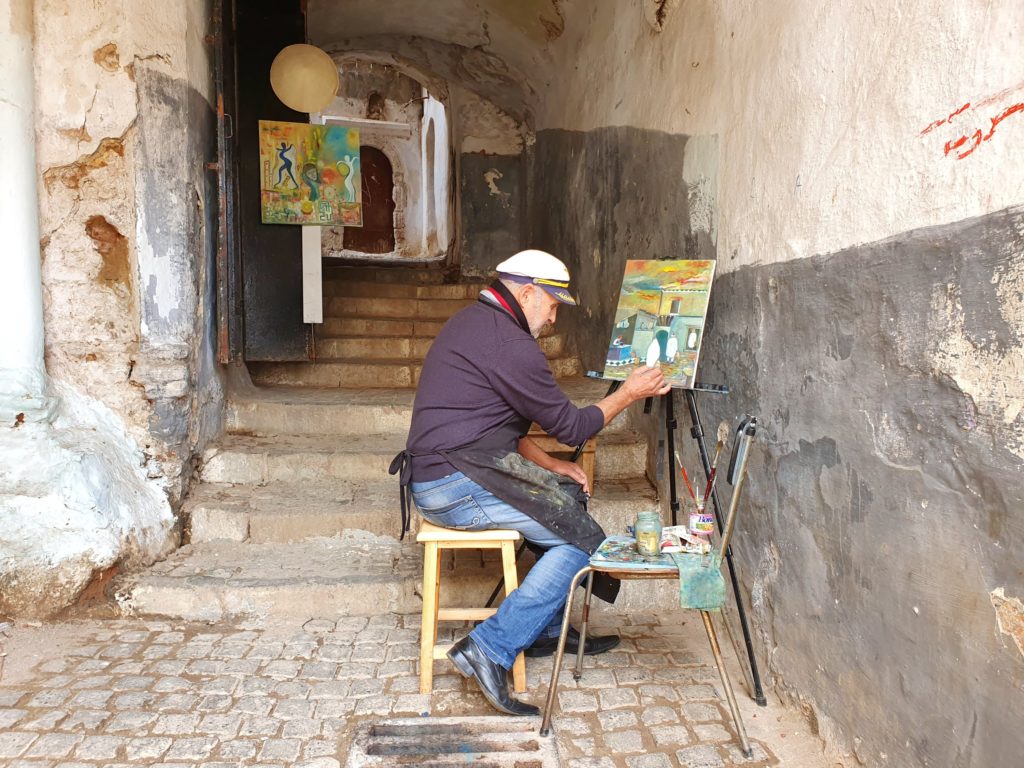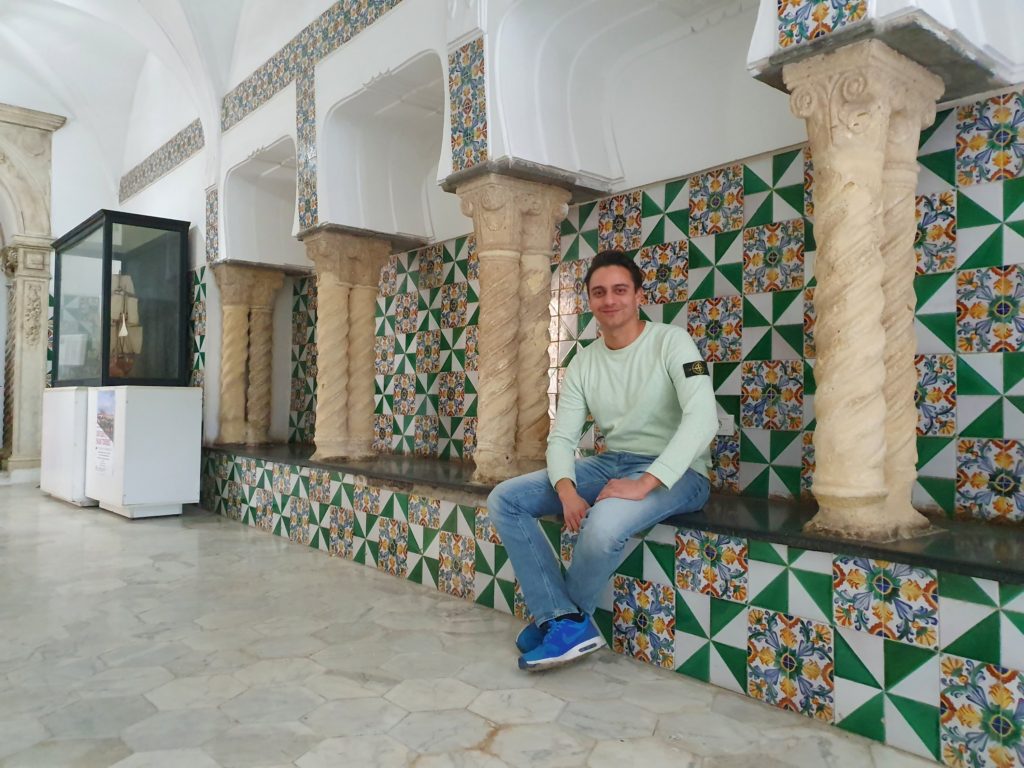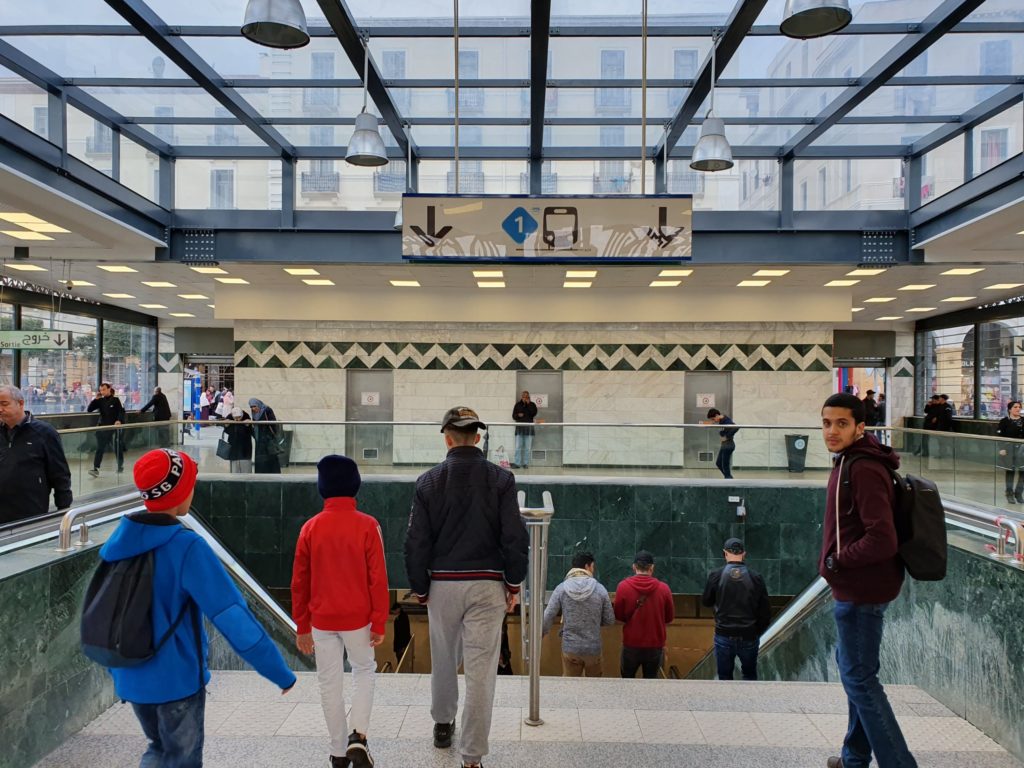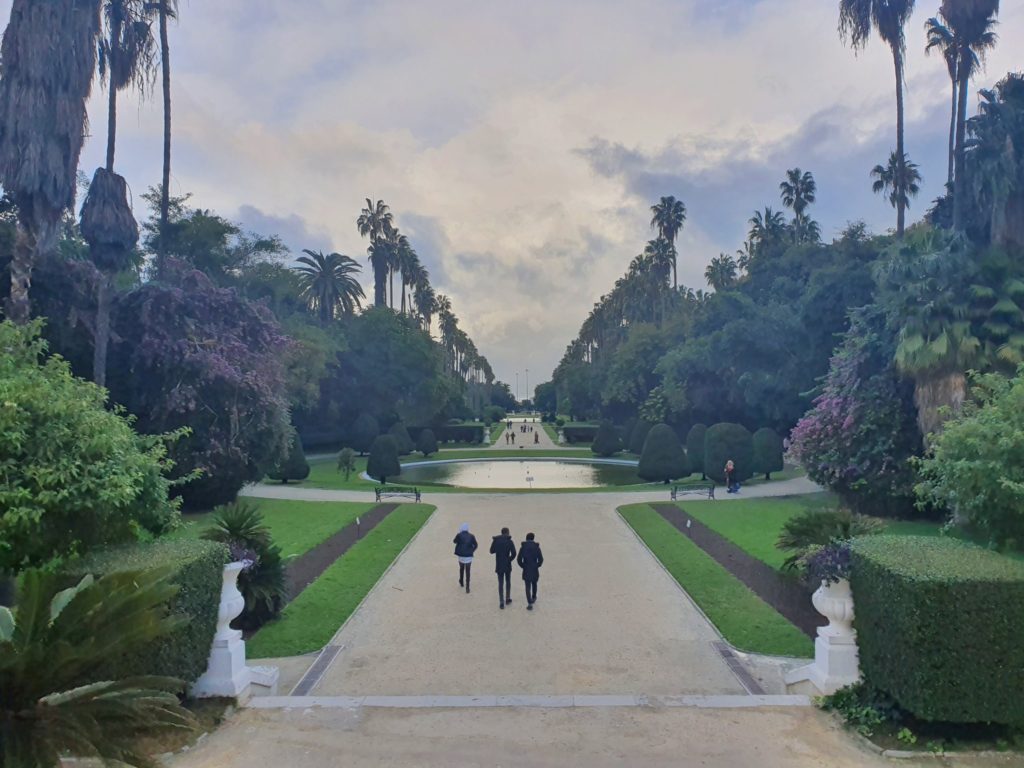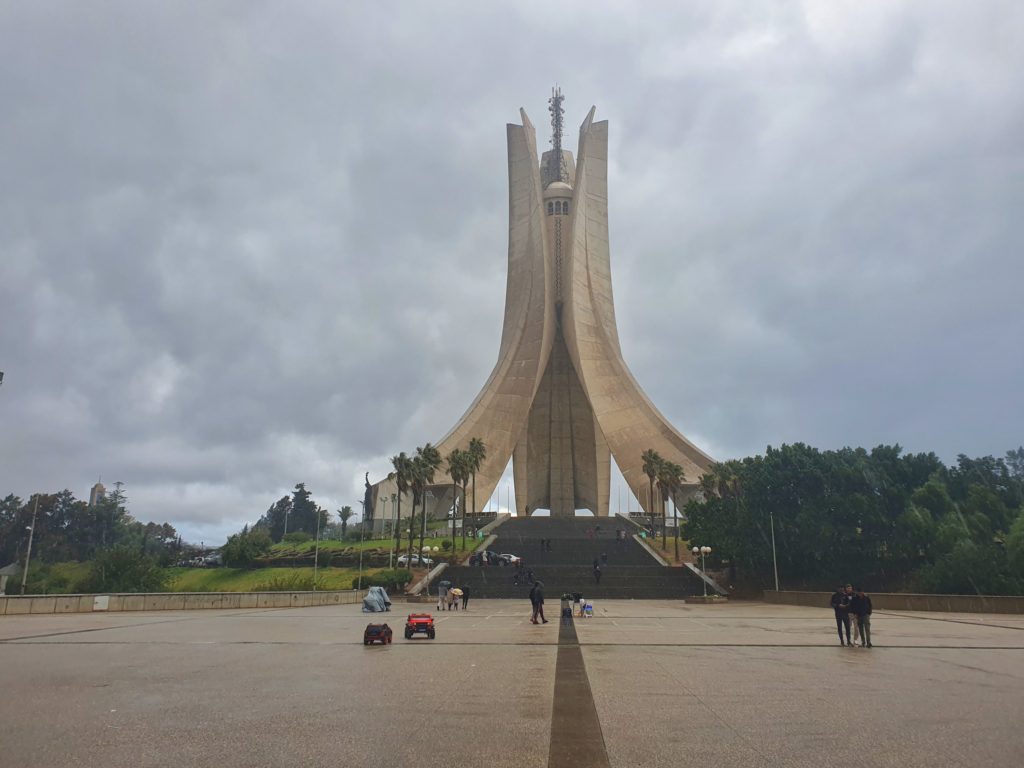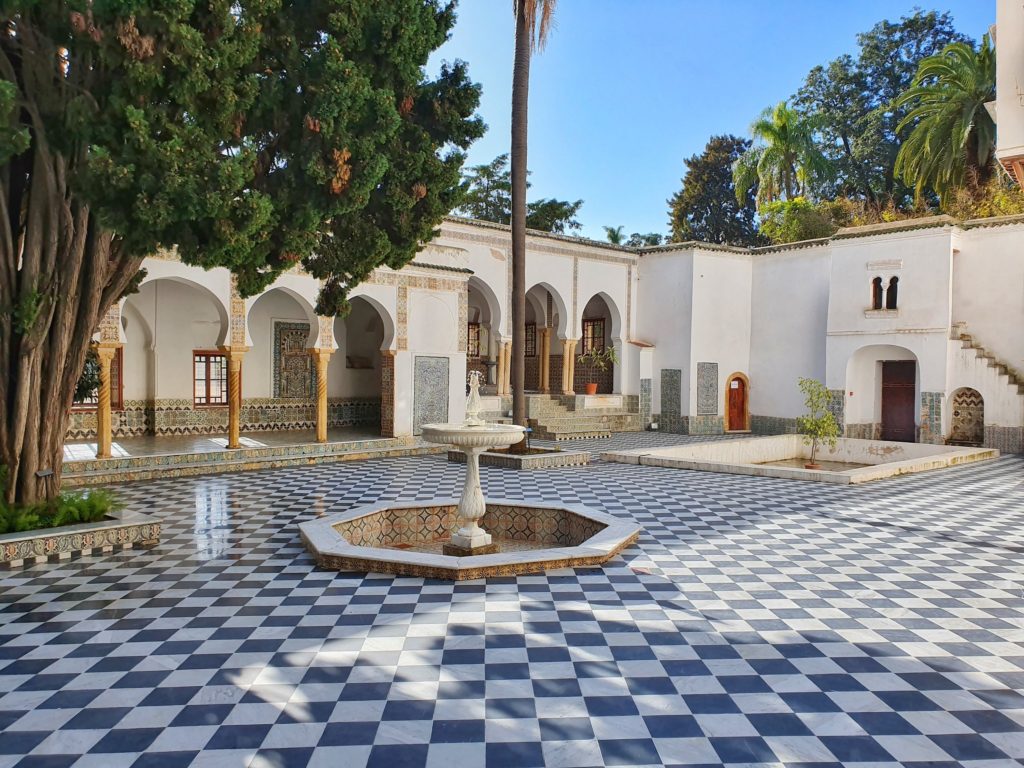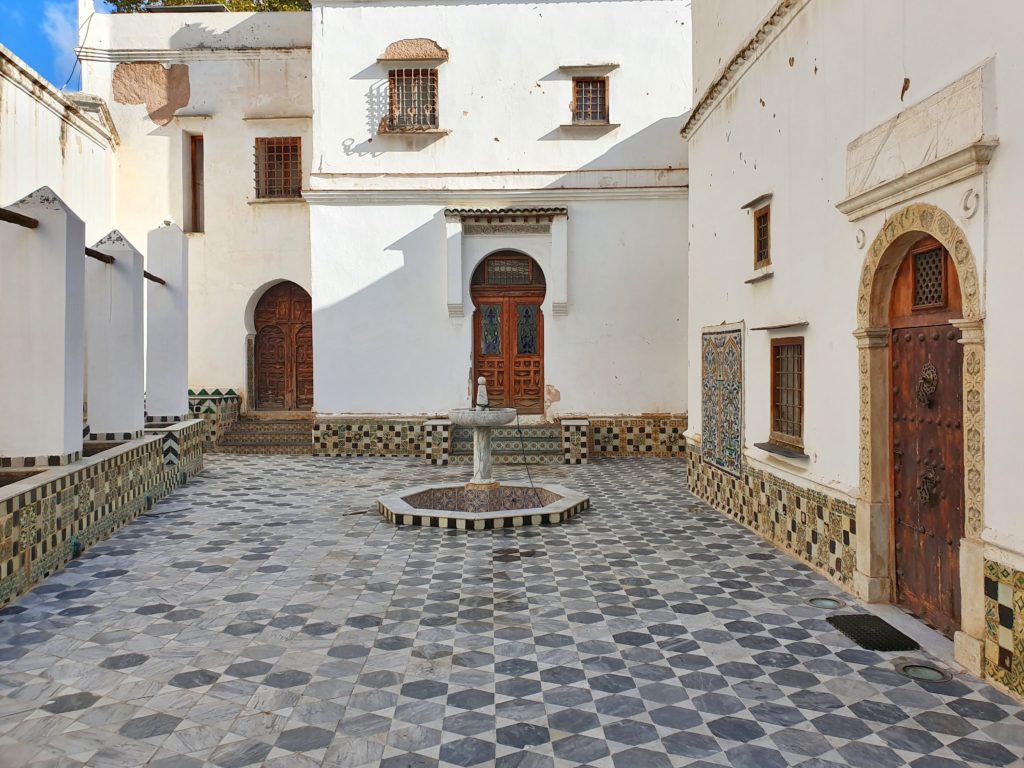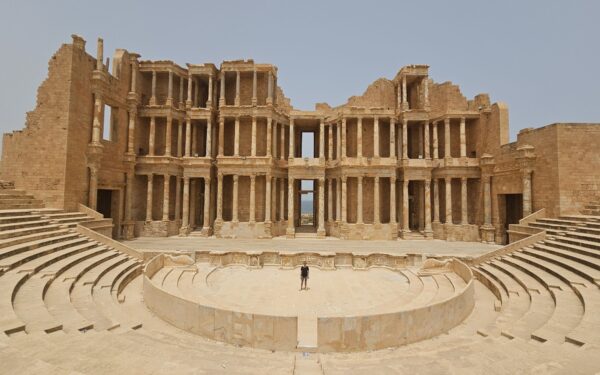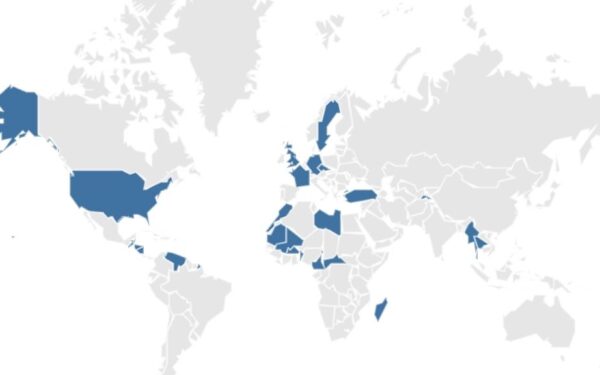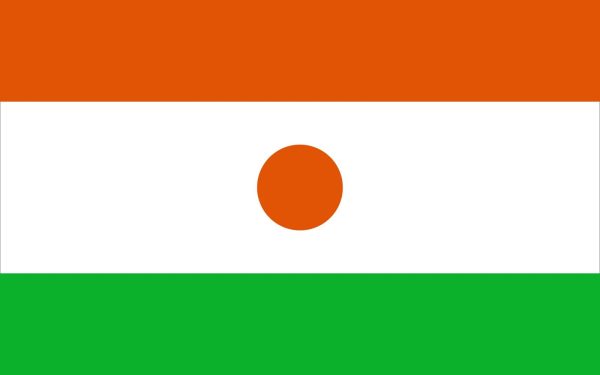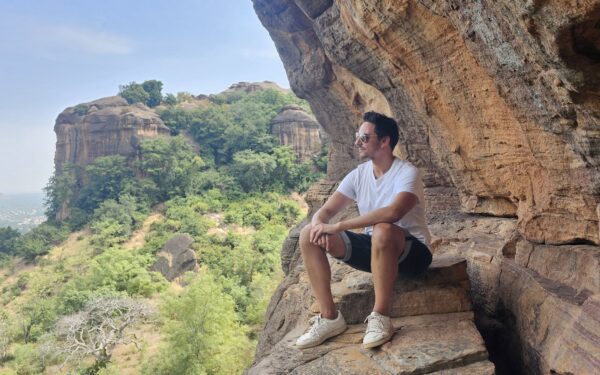Trip report: Algeria
Date of visit: November 2019
When it comes to tourism, North Africa has certainly seen better times than the present. In Tunisia and Egypt, the number of tourist has dropped dramatically in recent years due to terrorism. And even Morocco is no longer considered the safe travel destination it used to be.
In Algeria, however, the number of tourists has not decreased. Because in comparison to the neighboring countries mentioned above, tourism in Africa’s largest country has been virtually non-existent for years anyway. Why is that? There are two main reasons for this.
First, many people still associate Algeria with civil war and terror, which accompanied the country from 1991 to 2002. The travel advice of many countries for Algeria doesn’t help either. The Swiss travel advice says, for example, that a trip to Algeria involves risks and that terror attacks and kidnappings can happen. So it comes as no surprise that people rather choose other travel destinations. But this is not the only reason why tourism in Algeria suffers.
The Algerian visa has the reputation of being one of the most difficult visas in the world to obtain. For the visa, you need a letter of invitation from a tour operator or an Algerian citizen. The Algerian government is not really interested in tourists, especially not in independent travelers. Fortunately, there is one way or the other to get such a letter of invitation without booking a tour or knowing someone who lives in the country. One possibility is the tour agency Fancy Yellow, which sends you such a letter within two days. Free of charge!
After I received the LOI from Fancy Yellow, I sent all my documents to the Algerian Embassy in Geneva. I sent the visa application on a Friday and my passport with the visa arrived on Wednesday. This means that the embassy processed and returned my application in one day. So much for “one of the most difficult visa in the world”. But remember that there is no guarantee that embassies in other countries will react as quickly as the Swiss.
Couchsurfing Algeria
When I travel alone, I sometimes ask on Couchsurfing if anyone would have time to meet me. Usually two or three people answer me and offer to show me their city or meet for a coffee. I did this again in Algeria. Theoretically, I could even have asked someone on Couchsurfing for a LOI, but this was too complicated for me in the end.
Anyway, what happened next was overwhelming. I stopped counting at some point, but at least 60 people responded to my request. Everyone wanted to meet me or even offered to let me stay with them. At some point, I couldn’t even answer all the messages anymore. There were simply too many. Finally, I arranged to meet a young gentleman who agreed to show me Algiers.
After arriving in Algiers on Friday night, my host welcomed me the next morning in front of the hotel. Oussama is 25 years old and has just finished his studies as an engineer in the oil industry. It soon turned out that he doesn’t even live in Algiers but about 500km away. However, he was in Algiers the day before and since he absolutely wanted to show a traveler his country, he booked another night in his hotel and extended his stay by one day. Unbelievable, isn’t it?
The reason for his visit to Algiers was that he was looking for a job in the capital. Algeria’s economy is in a desolate state. Unemployment is very high and those lucky enough to be able to work do so for an extremely low wage. Consequently, there are many young, well-educated people like Oussama who cannot find a job after their studies.
Former president Abd al-Aziz Bouteflika, who ruled Algeria with an iron grip for the last 20 years, ruined the economy of the country. Only after massive protests earlier this year was it possible to urge him not to take part in the next presidential election. There will be elections for his successor this month (December 2019). The candidates are three men who all had positions under Bouteflika. So the old system will simply live on under a new dictator.
The Algerian presidential election was less important for me, I wanted to see the capital of the country. Therefore, Oussama and I walked from my hotel in about five minutes to the Rue Didouche Mourad, the Champs des Elysées of Algiers. In this street, which is characterized by beautiful French architecture on the one hand and on the other hand by many green trees on the sidewalks, you can find one shop after the other. After all, it is probably Algiers’ most famous and popular street.
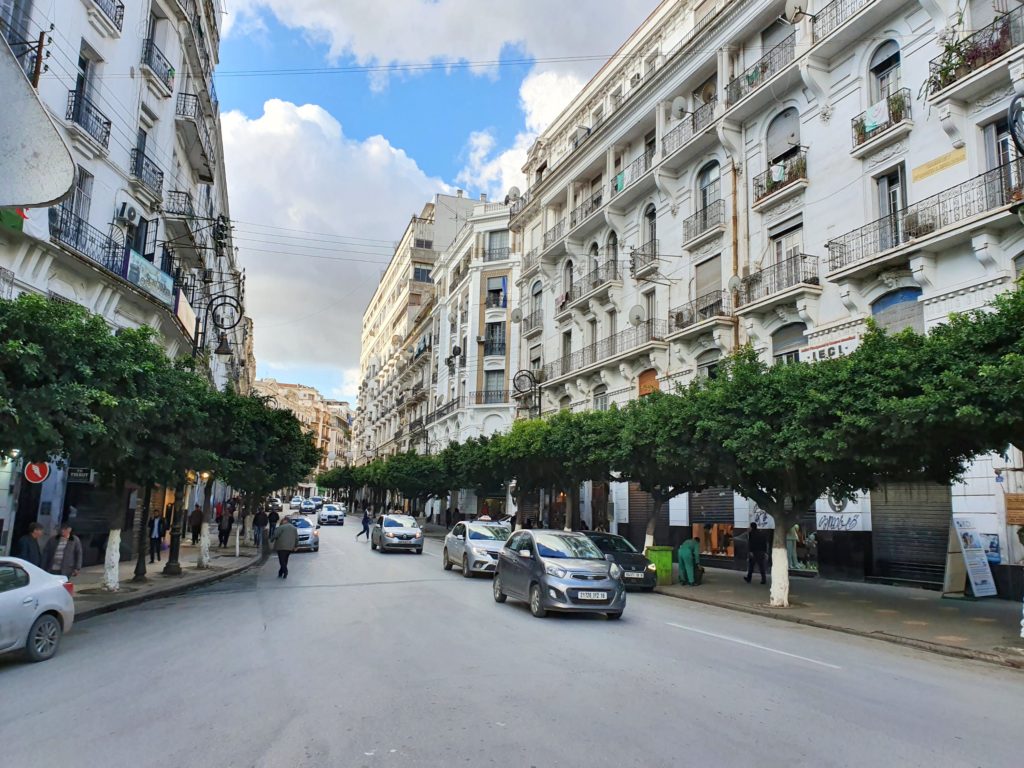
I cannot start a day without having a cup of coffee, so we took a seat in a café, ordered something to drink and discussed the itinerary for today. When I started doing some research on Algiers, I marked all the places I wanted to see. Sadly, I soon realized that it would be rather difficult to see all these places because my time in this huge city (Algiers has 3.4 million inhabitants) would simply be too short. That’s why my goal was to see as much as possible.
Our first stop should have been the Palais des Rais, a kind of museum (Wikipedia describes it as a classified historical monument) consisting of three palaces and six houses. However, the guy at the door said that “his car broke down and had to be repaired before the guests can enter”. Oussama was really mad. He complained that this kind of unprofessionalism was everywhere in Algeria.
Enter the Casbah
Virtually all the Algerians who wrote me on Couchsurfing said that I absolutely had to see the Casbah. The Casbah is the oldest part of Algiers, you could also call it the old town. This part of the city almost reaches from the Mediterranean coast up to the higher hills on which Algiers is built. You often read that this is a place that you should not visit without a local because of petty crime and you could easily get lost.
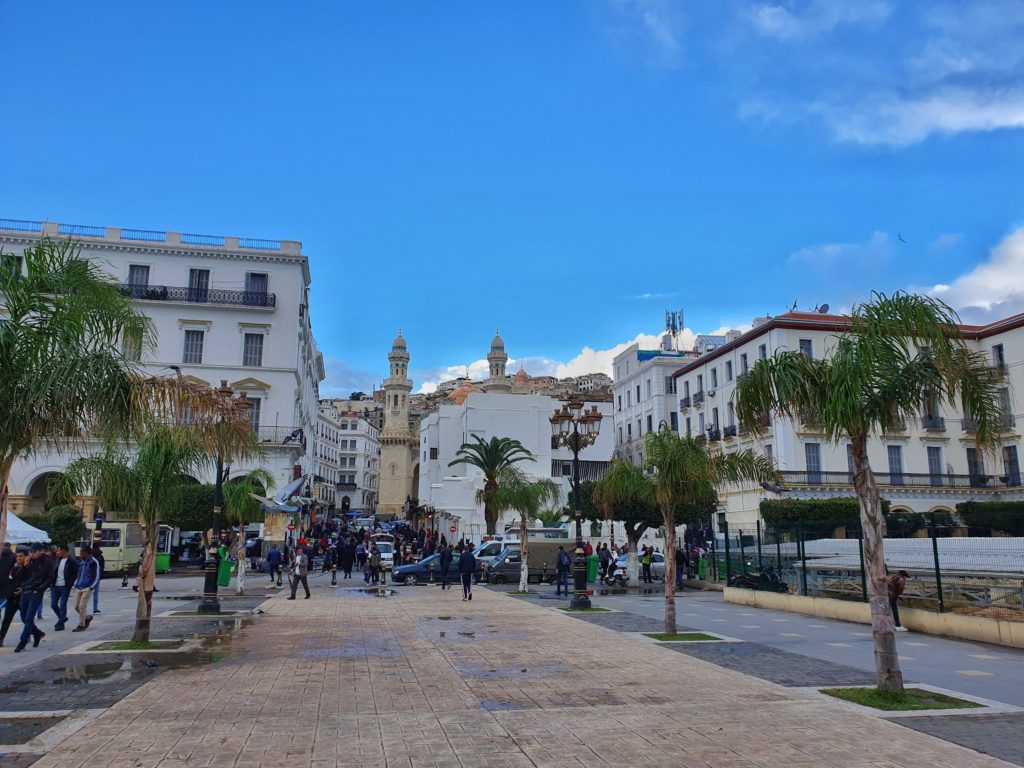
We spent the next three hours in the Casbah and I must say that I found this part of the city extremely interesting. The Casbah consists of many small alleys, stairs and some bigger streets. Besides, you often walk up and down again, because the Casbah is on a hill. Having a good condition is certainly an advantage.
What can you do in the Casbah? A lot. Here you can find mosques, markets, cafés, shops, restaurants and much more. It is comparable to a souk that is built on a hill. It’s also one of the most interesting parts of Algiers for photography.
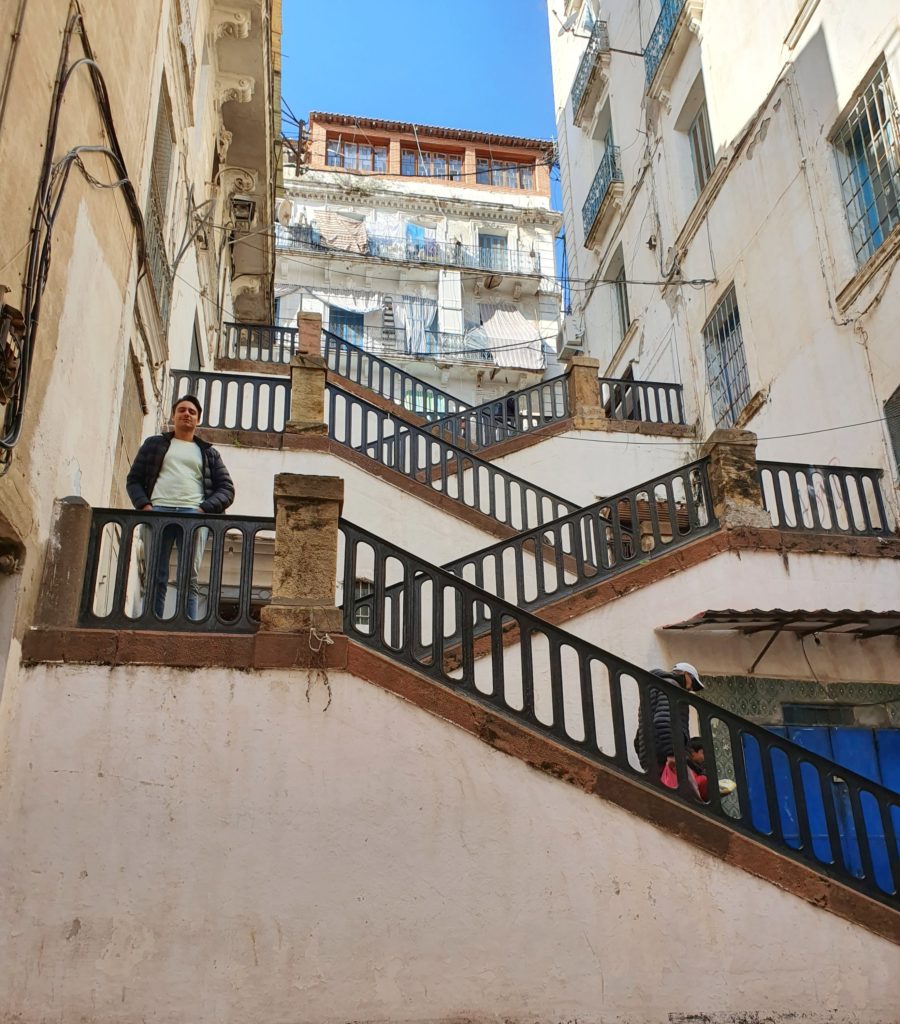
After about half an hour I asked myself whether you really need the company of a local if you want to visit the Casbah. My answer is no. However, a local is certainly a help in order to navigate you through the alleys. Maybe the many people in the narrow streets can be overwhelming for one or the other visitor, but a real threat in the Casbah does not exist in my opinion.
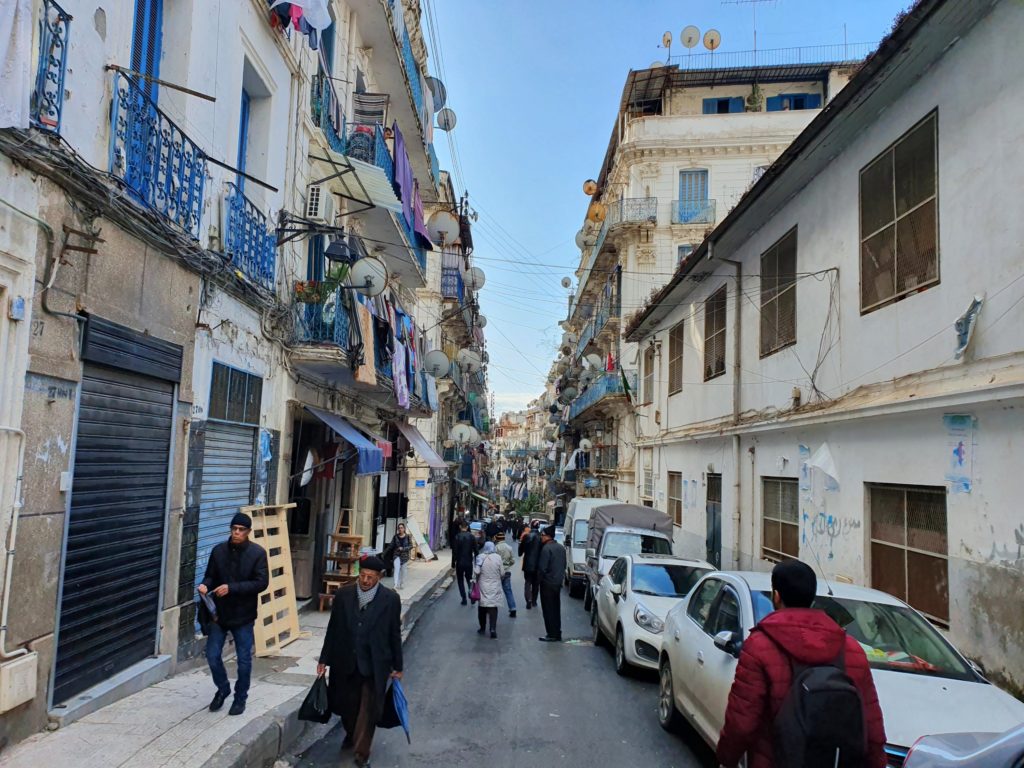
A local is definitely helpful when it comes to the hidden treasures of the Casbah. And there are many of them. For example, Oussama showed me a house entrance that you wouldn’t have noticed if you had walked past. This entrance was decorated with many pictures and decorations that a man had made for his beloved wife.
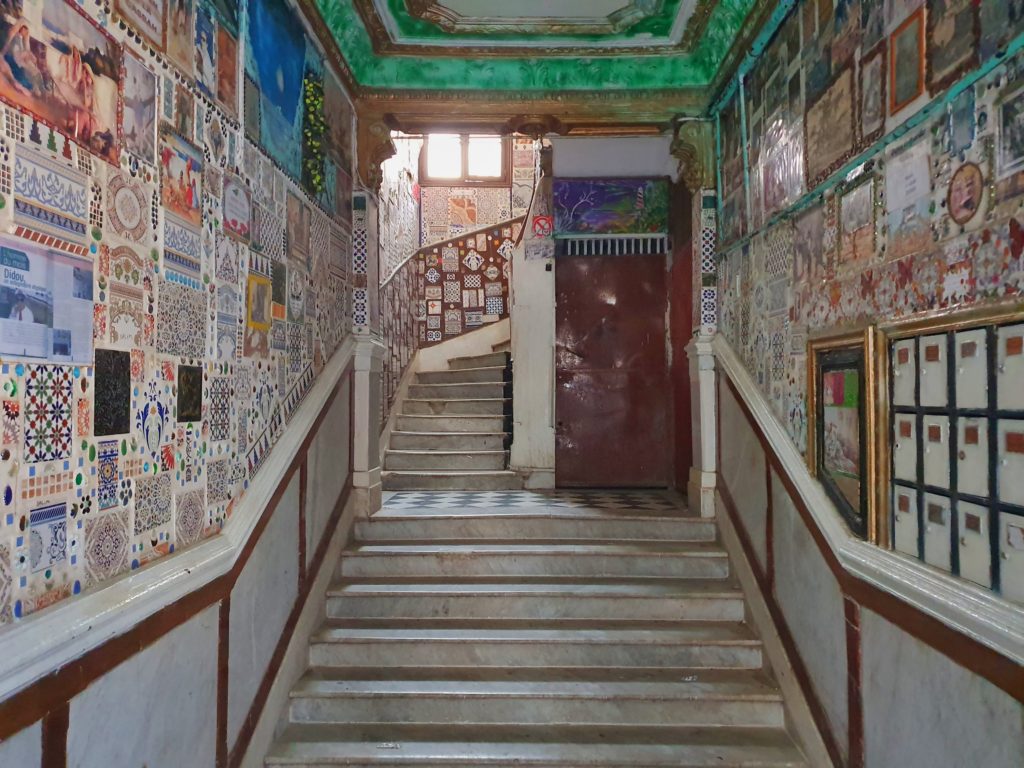
What we also visited was one of these old Algerian cafés where (older) men play cards, drink coffee and smoke cigarettes. Although it’s not forbidden for women to enter, it is rather unusual for them to visit such a place.
One of the biggest differences between Algeria and the two neighboring countries Tunisia and Morocco is that Algeria is much more conservative. Although there are also places in the other two countries that are only accessible to men, I had the impression that the Algerians stick even more to the local, conservative customs.
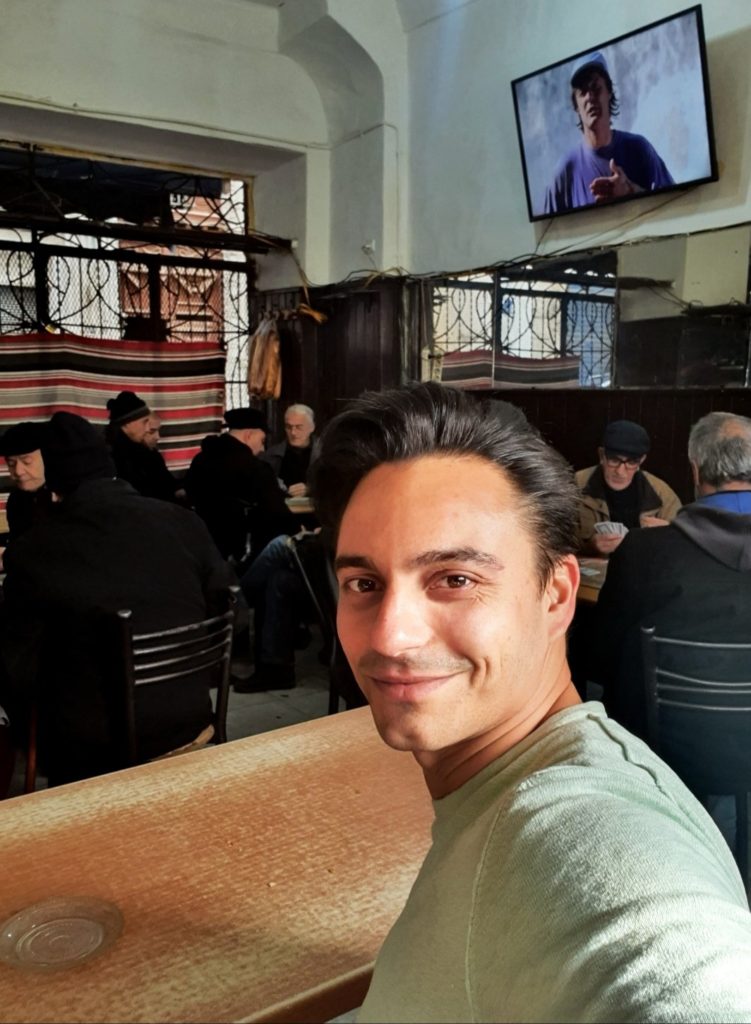
Oussama knew a lot about his own country and told me much about the history of Algiers and Algeria. Thus, he was more of a tour guide than a student whom I got to know via Couchsurfing. You could call him a jackpot. I found it very interesting when he explained to me that a donkey is responsible for the garbage collection and the transport of the waste water out of the Casbah. You can sometimes see his route on the ground as the traces of his car lead past dollies.
Despite this animal garbage collection I have to say that the Casbah is quite dirty and run down. In contrast to Zanzibar’s Stone Town, where I was a month earlier, I didn’t find it too bad as it hasn’t reached the dimensions of Stone Town yet. If you read some TripAdvisor-Reviews, you can see, that many people don’t like the partly bad condition of this UNESCO World Heritage Site. It’s true, some parts of the Casbah have definitely seen better times. But knowing that you won’t find a super-clean part of town here is certainly an advantage in order not to be disappointed.
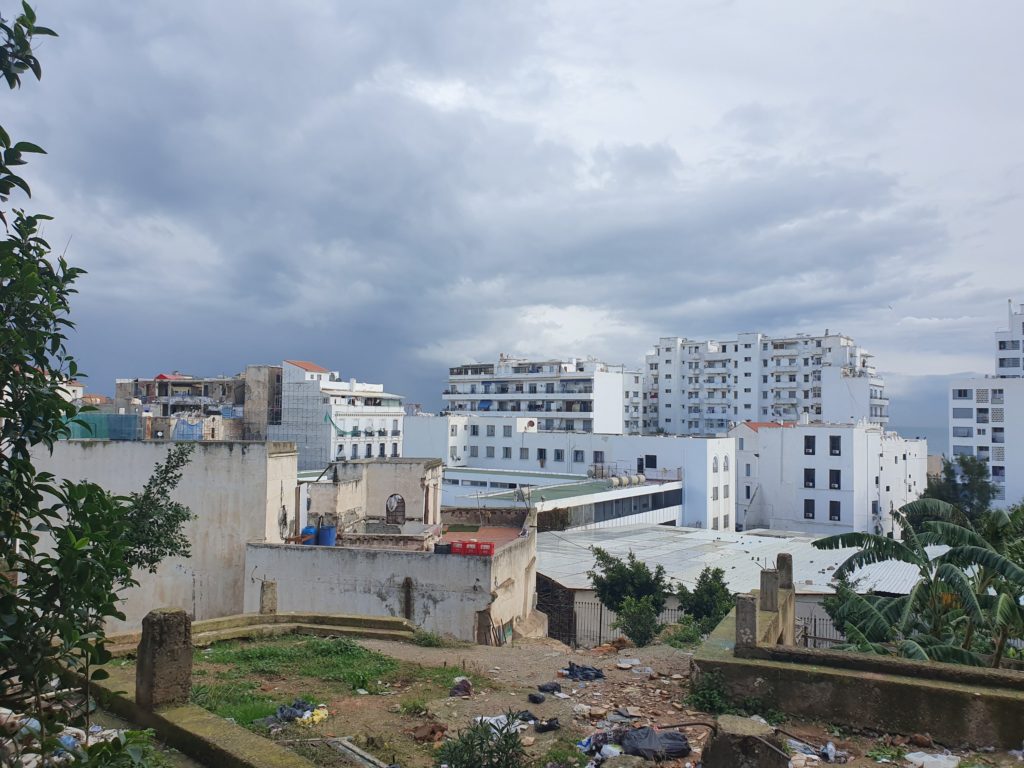
For Oussama it was important to show me a place where you have a wonderful view over Algiers. After seemingly endless stairs we arrived at that place around noon. There you can see the Casbah from above and the Mediterranean Sea behind. A beautifully decorated bar stands near the vantage point, which was an ideal place to have a tea break.
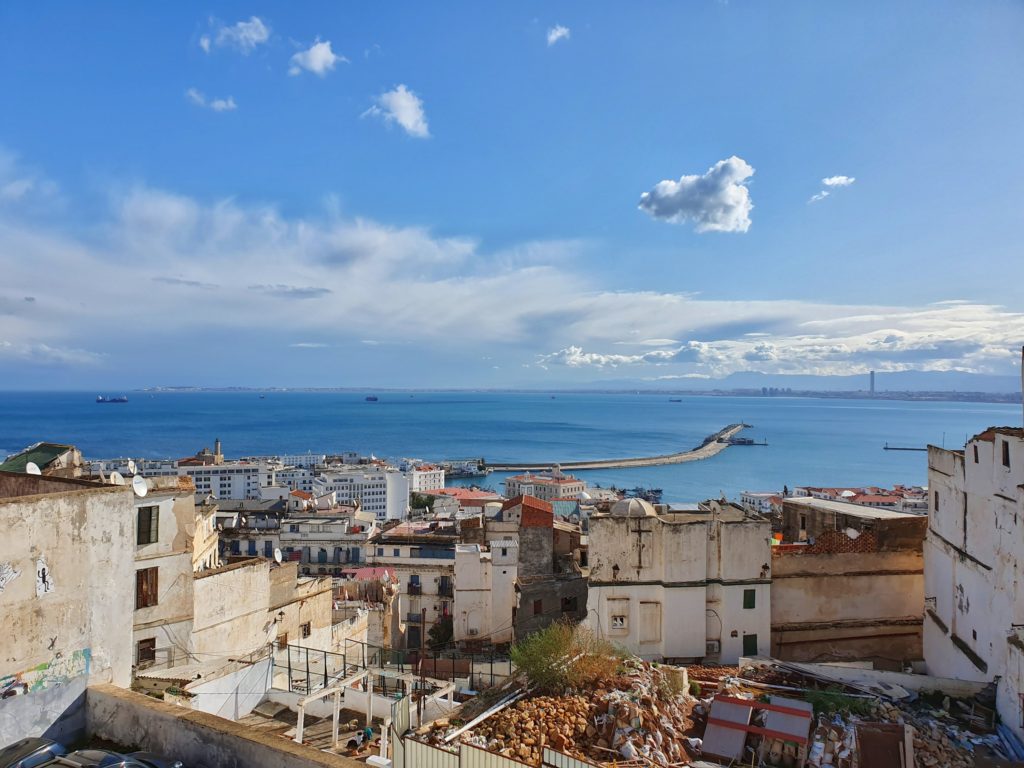
We ate lunch in a tiny restaurant near the vantage point. The restaurant was a very small room with exactly four tables. We had lentil soup, burek (the Algerian version of the Turkish börek) and a spicy soup in which I could only identify chickpeas. The food was served with French bread, which is omnipresent in Algiers. No matter where you go, you see baguettes and other French breads everywhere on sale.
The food was tasty, but what I liked even more was the hospitality of the Algerians. I had the feeling that all the people in the restaurant were happy that a foreign visitor had lunch with them. It was just one of many examples where I noticed how friendly the Algerians are. As I already wrote in the introduction, Algeria has considerably less tourists than for example Morocco or Tunisia. And in my experience the following rule often applies: the less tourists the friendlier the locals.
Two soups, four pieces of burek, bread and water cost just 530 dinars, which is about $4.40. I rounded the amount up to 600 dinar, whereupon Oussama told me that tips are not common in Algeria. People even perceive it as an insult. Many consider tips to be alms, on which one is not dependent.
Speaking of money, Algeria has a large black market for money exchange and this black market offers a much better rate than the banks. While the banks give you 130 dinars for one euro, one euro will get you 190 dinars on the black market. That is almost 50% more. So if you want to go to Algeria, you should take enough cash with you and change money on the streets instead of withdrawing at ATMs.
With a full stomach we walked down again all the hills of the Casbah to the Martyrs’ Square, from where we started. On the way we passed the beautiful Ketchaoua Mosque. In Algiers there are a lot of mosques and since 2019 the third biggest mosque of the world stands in the capital of Algeria. It is the Grande Mosquée d’Alger that you pass on your way from the airport to the city.
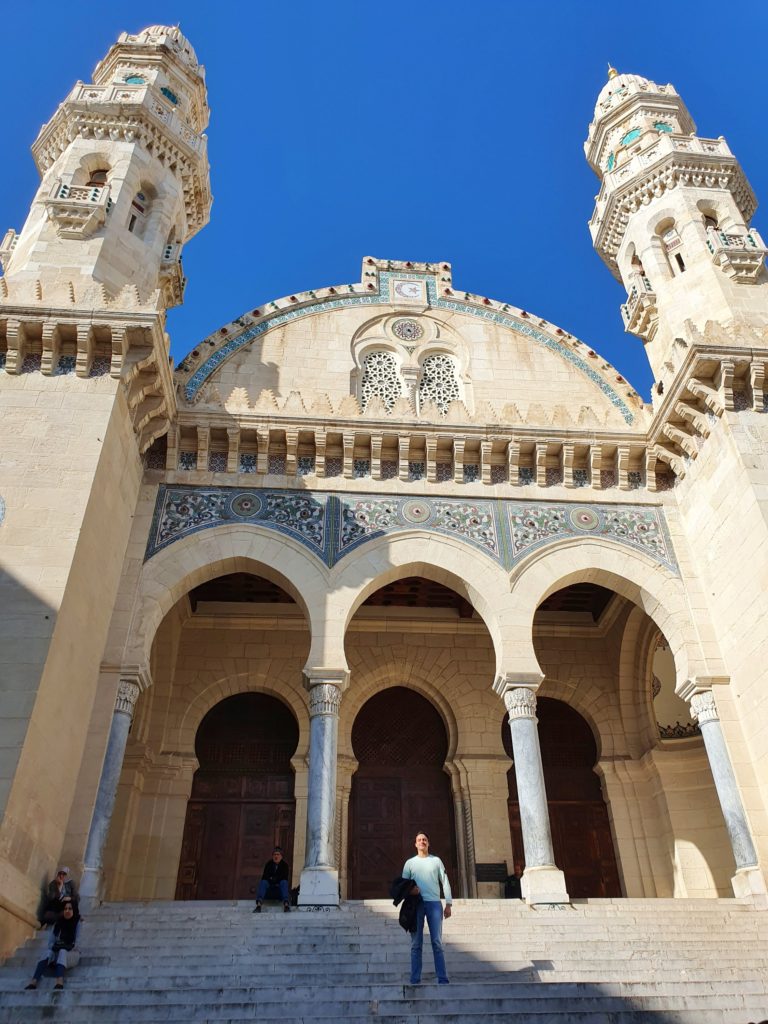
Algiers on foot
It seems that the gentleman of the Palais des Rais could fix his car breakdown, because now in the early afternoon the museum was open. The Palais des Rais is especially worth a visit because of its beautiful palaces. And before you misunderstand me, these are not mega buildings, but palaces the size of a small house. We entered the largest and most important of these palaces first.
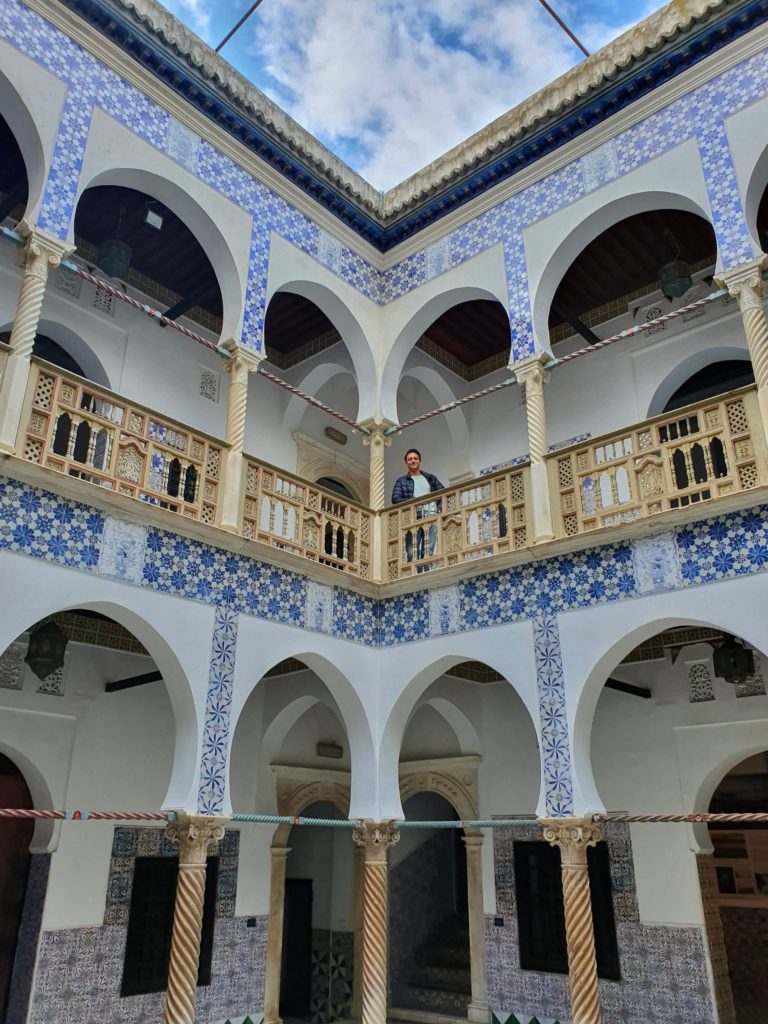
The inner courtyards are definitely the most beautiful parts of the palaces. Anyone who has ever spent the night in a similar looking Moroccan riad knows what I am talking about.
The palaces have two floors and the rooms are on the upper corridor. Oussama showed me there were two stairs up. One staircase entrance was bigger than the other. “Only the ruler was allowed up and down here, the servants had to take the smaller corridor,” Oussama explained to me.
Oussama generally knew such details very well. Already in the Casbah he explained to me the difference between big and small door knockers, which we saw frequently. With big door knockers, you knew it would lead to a room with men in it. Small door knockers led to women’s rooms. I wouldn’t have known such details if I had explored the city alone.
We left the Palais des Rais after about an hour. Our next destination was the Notre-Dame d’Afrique, a Roman Catholic church just outside the city center. At first we wanted to take a taxi, but after finding none after about twenty minutes we decided to walk the whole one-hour route.
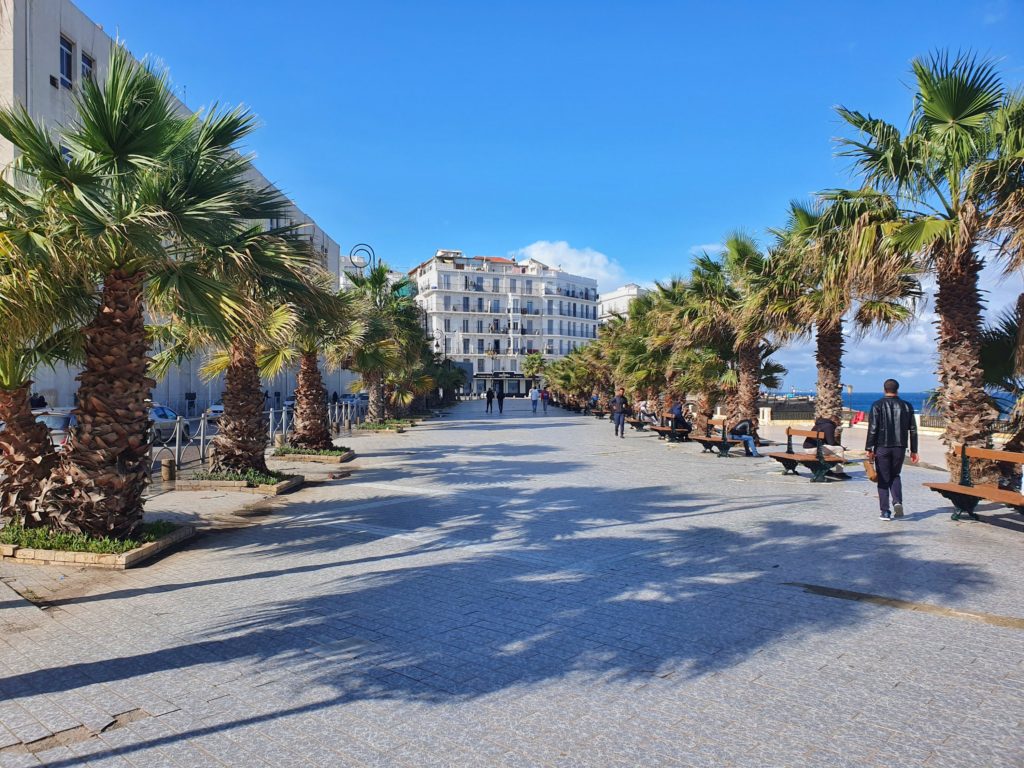
The way led us along the ocean to the north of Algiers. The two promenades we passed were stunning. In general, I found Algiers to be a very beautiful city. I would even go so far as to call it the second most beautiful African city I have been to. The location by the sea with the many hills and the beautiful French architecture make the city a pearl among the North African cities. I would only call Cape Town even more beautiful.
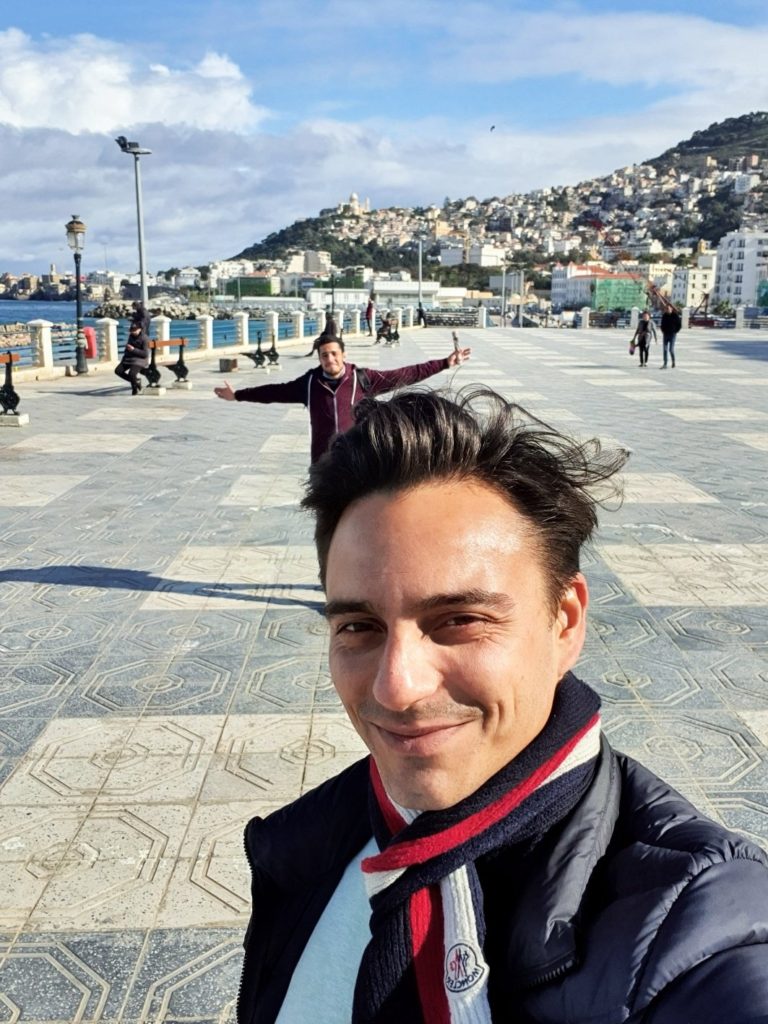
What also makes Algiers very exciting are the influences of former occupiers. After the Roman Empire had ruled Algeria for a while, the Ottoman Empire took over at a later date. Then the French came. In Algiers you can find buildings and remnants of all these foreign powers. The respective occupiers have always destroyed the buildings of the predecessors, but they have not managed to erase everything of the previous culture.
The ascent to the cathedral was exhausting, but the view was worth it. The good thing is that there are many places in Algiers where you can see the city from above. The Notre-Dame d’Afrique Cathedral offers also excellent views over Algiers.
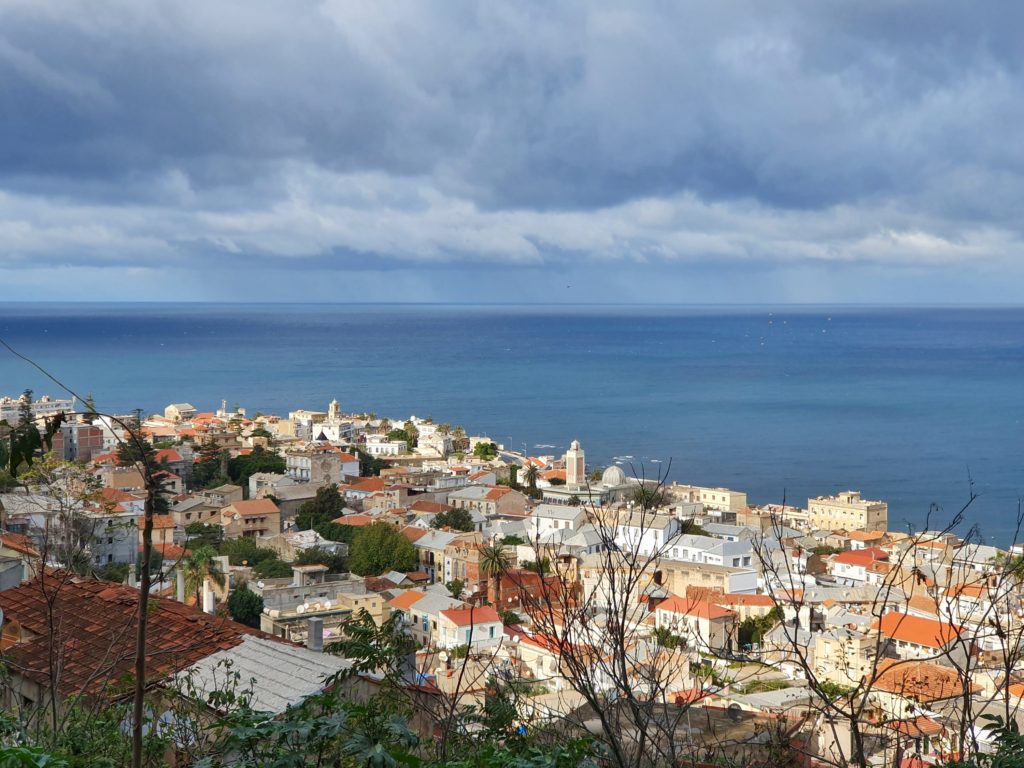
The cathedral is another beautiful building. Unfortunately, we could not enter it because a ceremony took place in it. 99% of the Algerians are Muslims and those who convert to Christianity have to deal with persecution. According to Oussama, however, the Christian population in Algeria is left in peace and the people live together without problems. In contrast to Egypt, for example, where one of the largest persecutions of Christians in the world takes place.
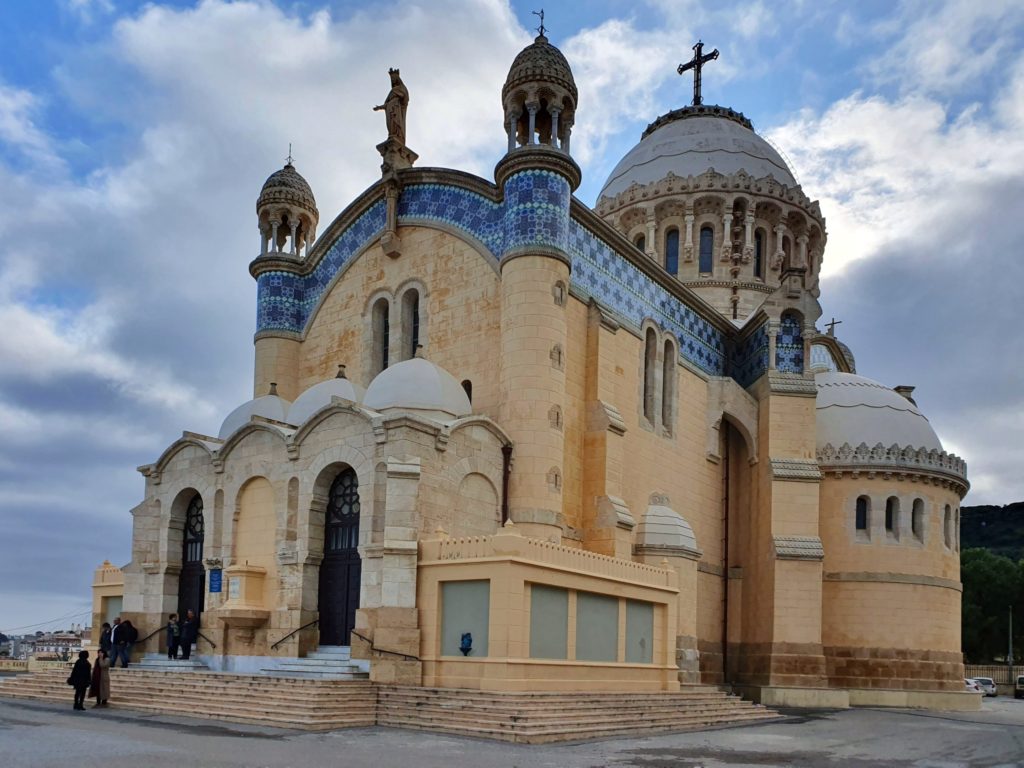
You can get around in Algiers on foot, by car or by metro. A combination of all three means of transport led us to the next sight. First we walked a few meters from the cathedral back to the city center. Then we continued by taxi. In Algiers there are three taxi apps like Uber (Coursa is the cheapest, Yassir the fastest), normal taxis and sometimes you just stop someone and ask them to take you with them for about a dollar. We have often used the last variant.
To save time and money (in Algiers traffic jam sometimes can be massive) we used the subway. Algiers has an efficient metro with which you can get around quickly. According to Oussama even a connection to the airport is planned. By the way, the use of the subway is relatively easy and I guess it can also be handled by people traveling alone.
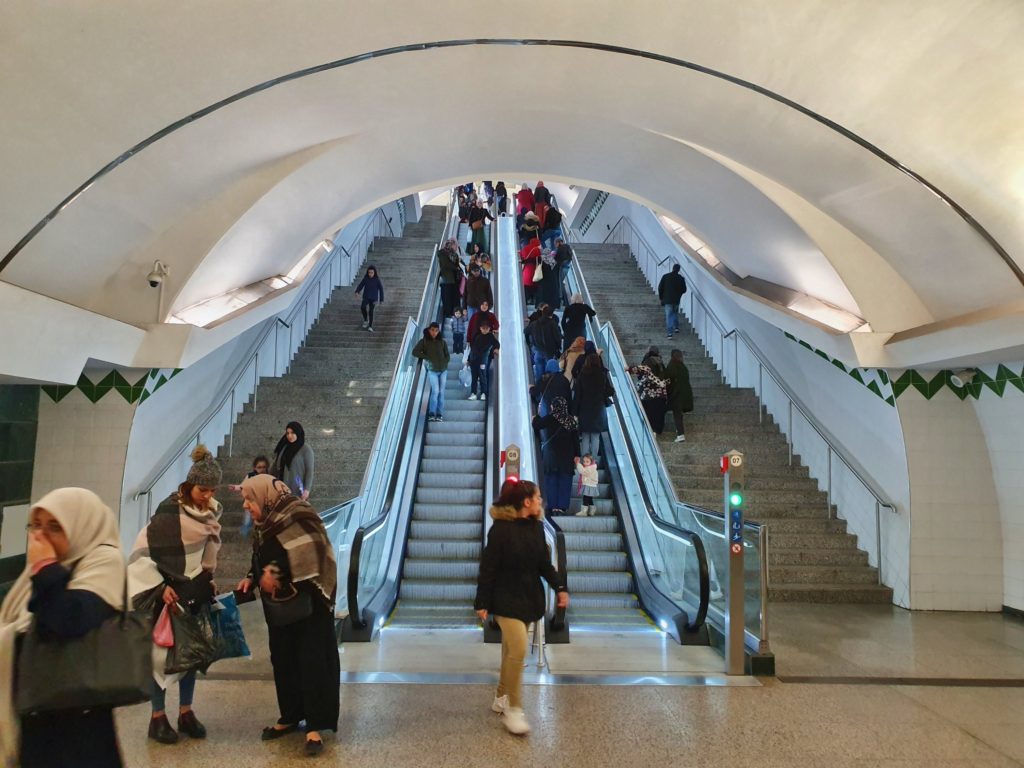
The last two sights we visited on this day were the Botanical garden El-Hamma Jardin d’Essai and the Mémorial du Martyr. Since it was already raining at this time, we gave these attractions only a short time. The botanical garden was gigantic anyway and it would have taken almost half a day to see it completely. However, it slowly but surely looked as if I was through with all the sights I wanted to see, which I considered impossible at the beginning.
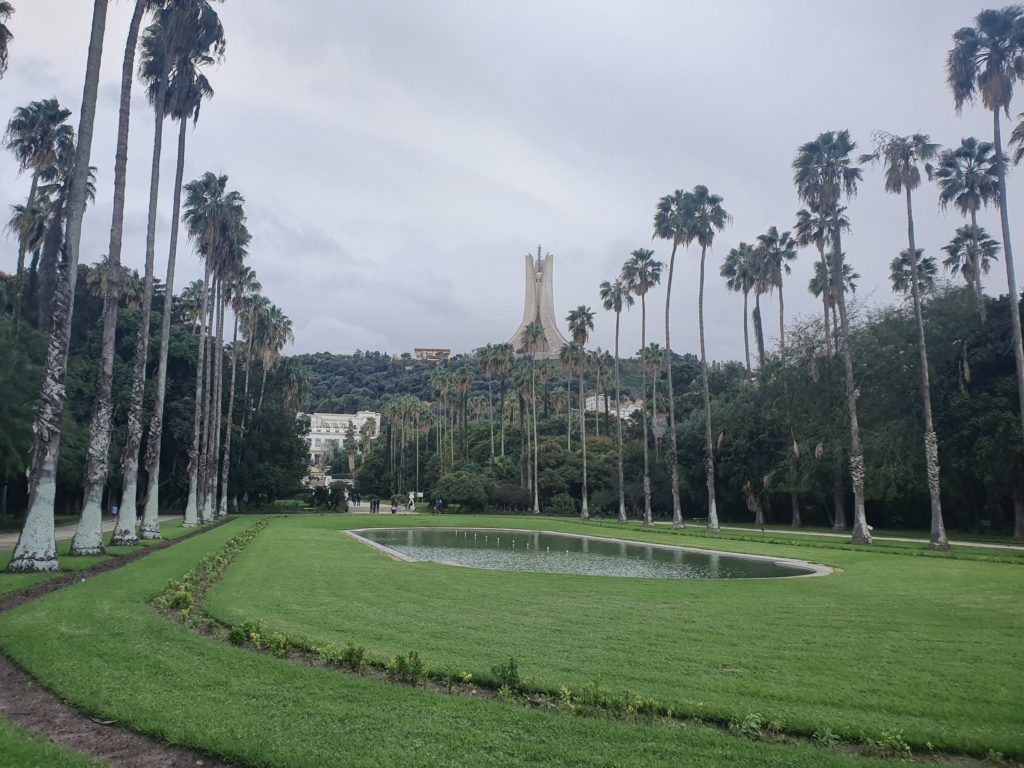
Oussama and I went to a traditional restaurant in the evening and after that the day was over. It was an exhausting day because I only slept about five hours and covered an enormous distance on foot.
But the fact that the evening ended after dinner was not only due to my exhaustion. As I mentioned earlier, Algeria is much more conservative than the neighboring countries. Tunis and Marrakech are by Islamic standards liberal cities where alcohol is consumed and there is also nightlife. You can forget that in Algeria. Alcohol is only available in larger hotels. Also the nightlife is limited to one or the other hotel bar, otherwise there is not much going on in Algiers at night.
Day two in Algiers
Oussama drove home after the first day, so that I spent the second and last day in Algeria by myself. By visiting the Bardo Museum, I eventually managed to see all the sights of this gigantic city I wanted to see. And that in only 1.5 days.
The museum starts with an exhibition about archaeological findings in Algeria. Bones and other artifacts are exhibited, which explain the history of mankind in North Africa. I found this part rather uninteresting, but perhaps it was also because all texts were only in Arabic and French.
In front of me was a larger Chinese group with two Algerians. One Algerian explained the exhibition in French to the other Algerian, while the latter translated the story into English for the Chinese travel guide. The Chinese group leader then told the explanations in Chinese to his group. It was the only time on this trip where I saw other tourists in Algiers.
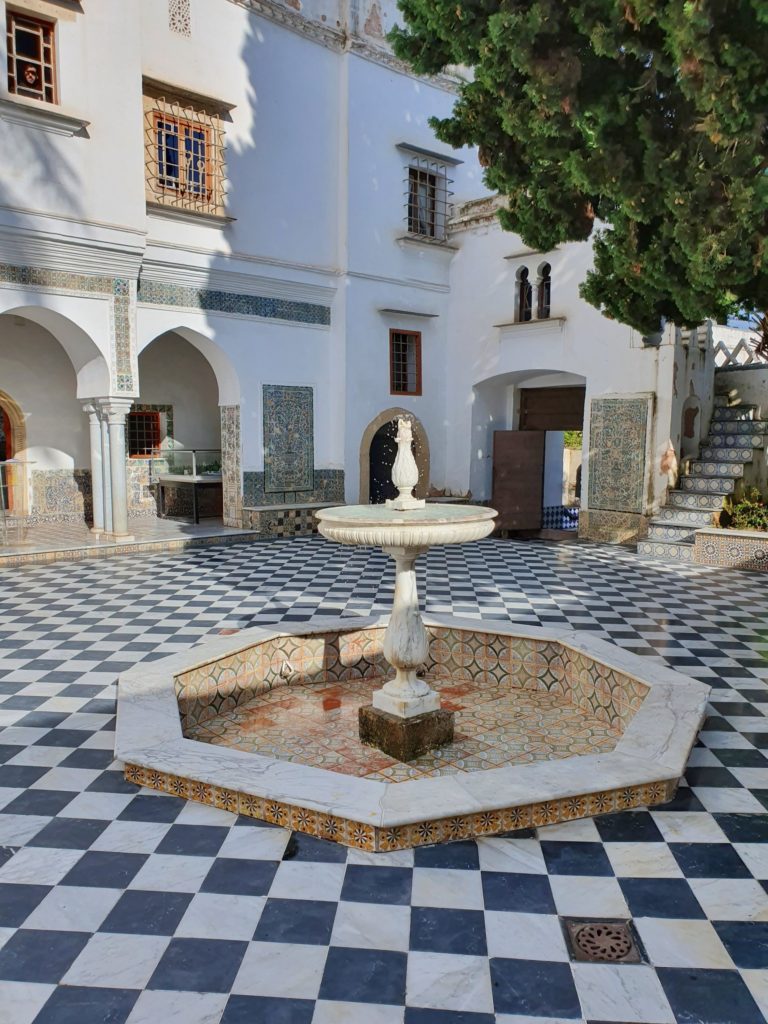
More interesting was the next house, which was built in Moorish architecture. You can find this kind of Islamic architecture all over North Africa, partly also in Spain (think of the Alhambra) and Portugal. Also the Palais des Rais is an example of Moorish architecture. I have a great passion for this kind of architecture and therefore I am always very enthusiastic when I enter a museum or other building of this kind.
Although the highlight is definitely the garden with its fountain in the middle, the house offers more beautiful rooms. The museum is kept with a lot of attention to detail and the house is so angled that you can get lost just like in the Casbah.
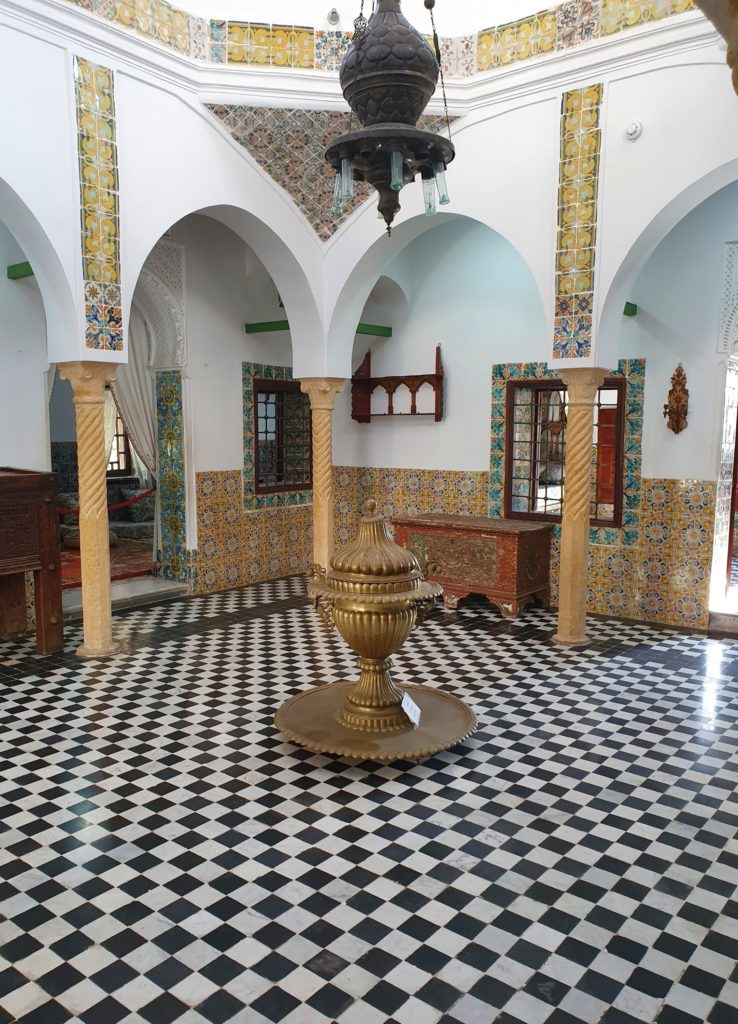
Thus, the Bardo Museum was also a great sight. By the way, it was already the second Bardo Museum that I visited within two years. There is also a Bardo Museum in Tunis that is even bigger than the one in Algiers and in my opinion also better. Nevertheless, a visit to the Bardo Museum of Algiers is absolutely worthwhile.
In the afternoon I had my flight home and Algeria turned out to be a country where I very much regretted having to leave so early. It was an exhausting trip. It was an 11-hour journey from Switzerland to Algeria, then I stayed about 36 hours in Algiers and again had an 11-hour journey home. But it was absolutely worth it.
A way too short trip to Algeria
Algeria was my fourth country in North Africa after Morocco, Egypt and Tunisia. As in the last two countries, I only saw the capital in Algeria (and the most touristy city in Morocco with Marrakech), so I can only compare the countries by these cities.
If I had to choose the most interesting city between Algiers, Tunis, Cairo and Marrakech, it would certainly be Algiers. This is on the one hand due to the beauty of the city and the sights, on the other hand also because the city is relatively untouched. At least in comparison with the other cities. But this doesn’t change the fact that Tunis and Marrakech are also great cities, while I don’t have the urge to travel to Cairo again.
Another plus of Algiers is the friendliness of the locals. I would do Tunis wrong if I denied the city this quality, but at least for Marrakech and Cairo you can do it without a guilty conscience. The friendliness of the Algerians was second to none and I would even go so far as to say that with this short visit Algeria is joining Iran and Pakistan as the countries with the friendliest people.
Don’t get me wrong, there are also crooks in Algeria. As in any country, many taxi drivers are dishonest people who want to rip you off. I also had a fraudulent hotel that canceled my booking so they wouldn’t have to pay Booking.com commission. I got my room anyway, but I should promise them that I won’t tell Booking.com anything. Such a trick is for me a debut in the 95th country.
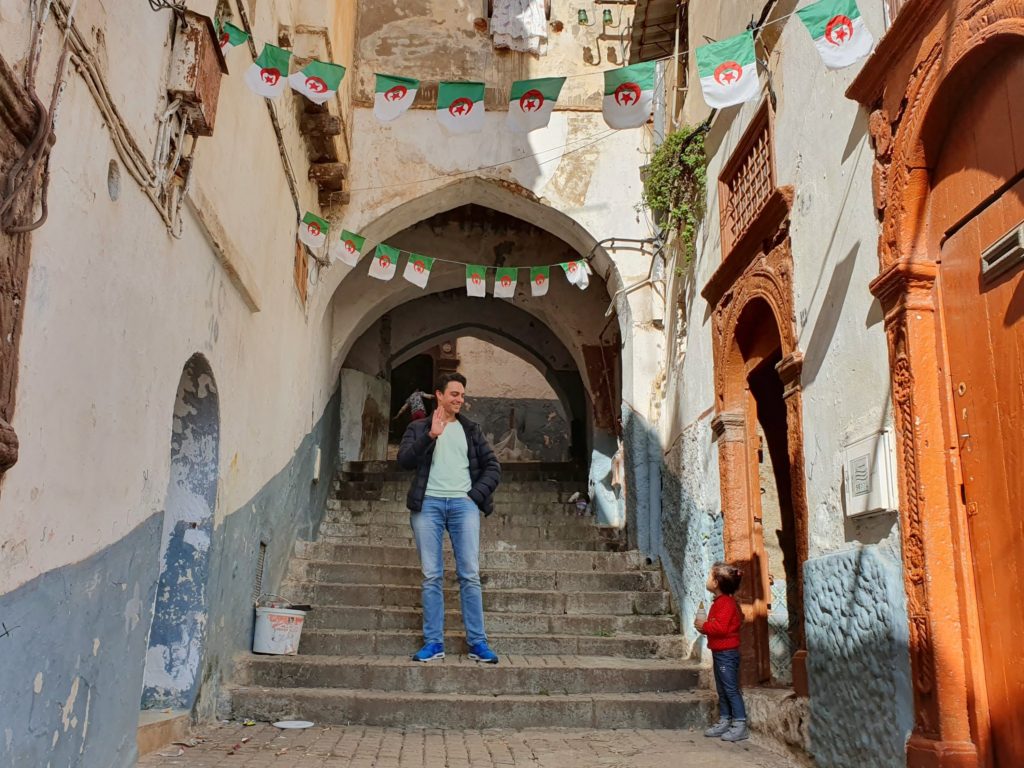
As much as I would love to spend two to three weeks in each country on my journey to all 197 countries in the world, I have to make compromises with some countries. The compromise means that I only spend two to three days in them. Without this compromise I could not finish this project until I am 70.
In hindsight, however, it was a mistake that I visited the tenth-biggest country in the world for such a short time. Algeria would have deserved a much longer trip and would also offer enough interesting places for a two-week journey. For example, many locals couldn’t understand that I did not visit the Sahara on this trip. At least, I could say that I saved it for a trip in March next year. But then I will not visit the Sahara in Algeria, but in a neighboring country, my country number 102.
Algeria was of all the North African countries I have been to, due to the visa, the fact that 99% of the people do not speak English and the less developed tourism infrastructure certainly the most difficult. However, I have not yet reached the highest level of difficulty with Algeria, as I still have to travel to another North African country. If you leave out Sudan (I don’t count it as a 100% North African country) there is still one country that I have to visit. At the moment, it is probably the most difficult travel destination in the world…
See you soon, Libya.
